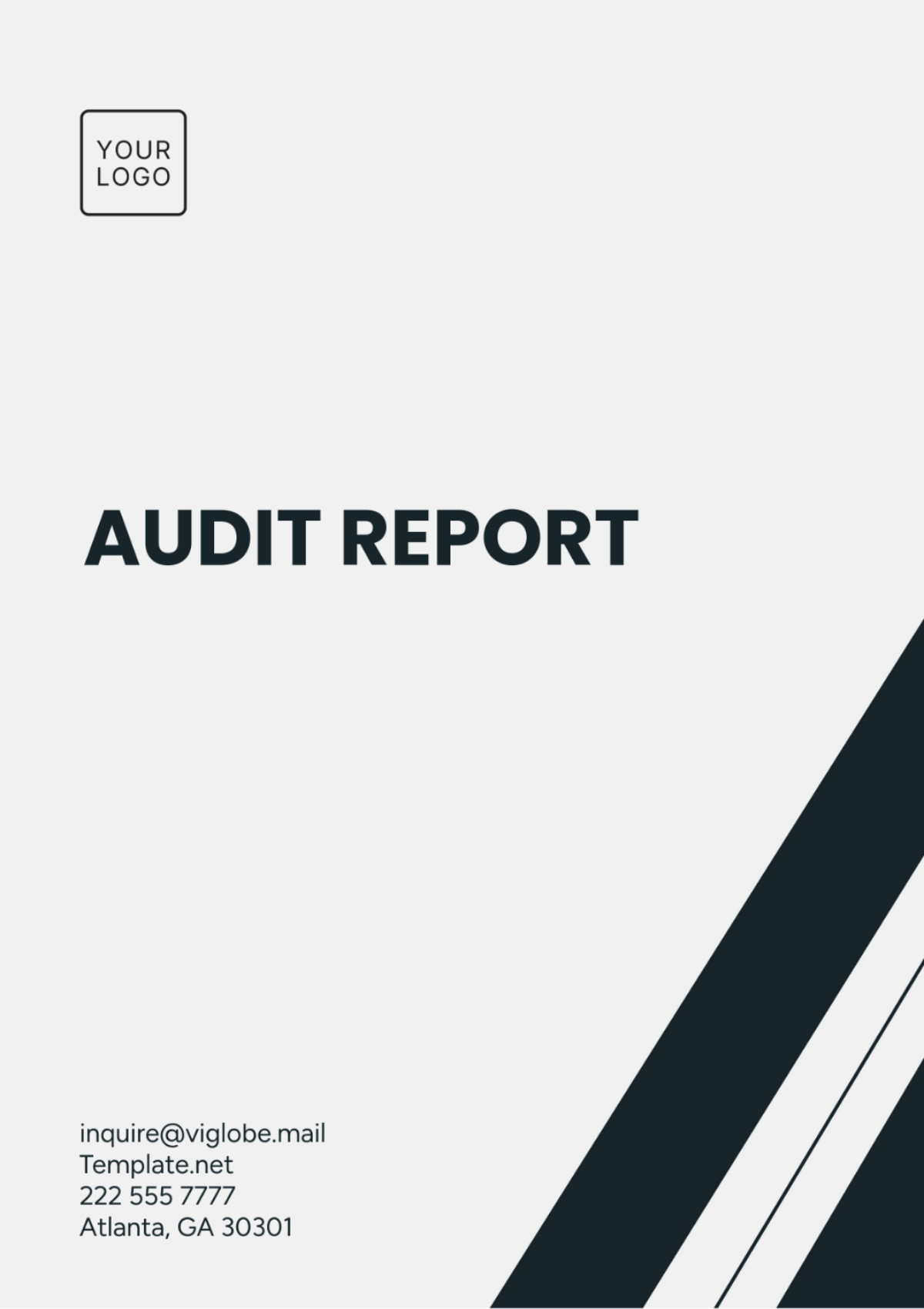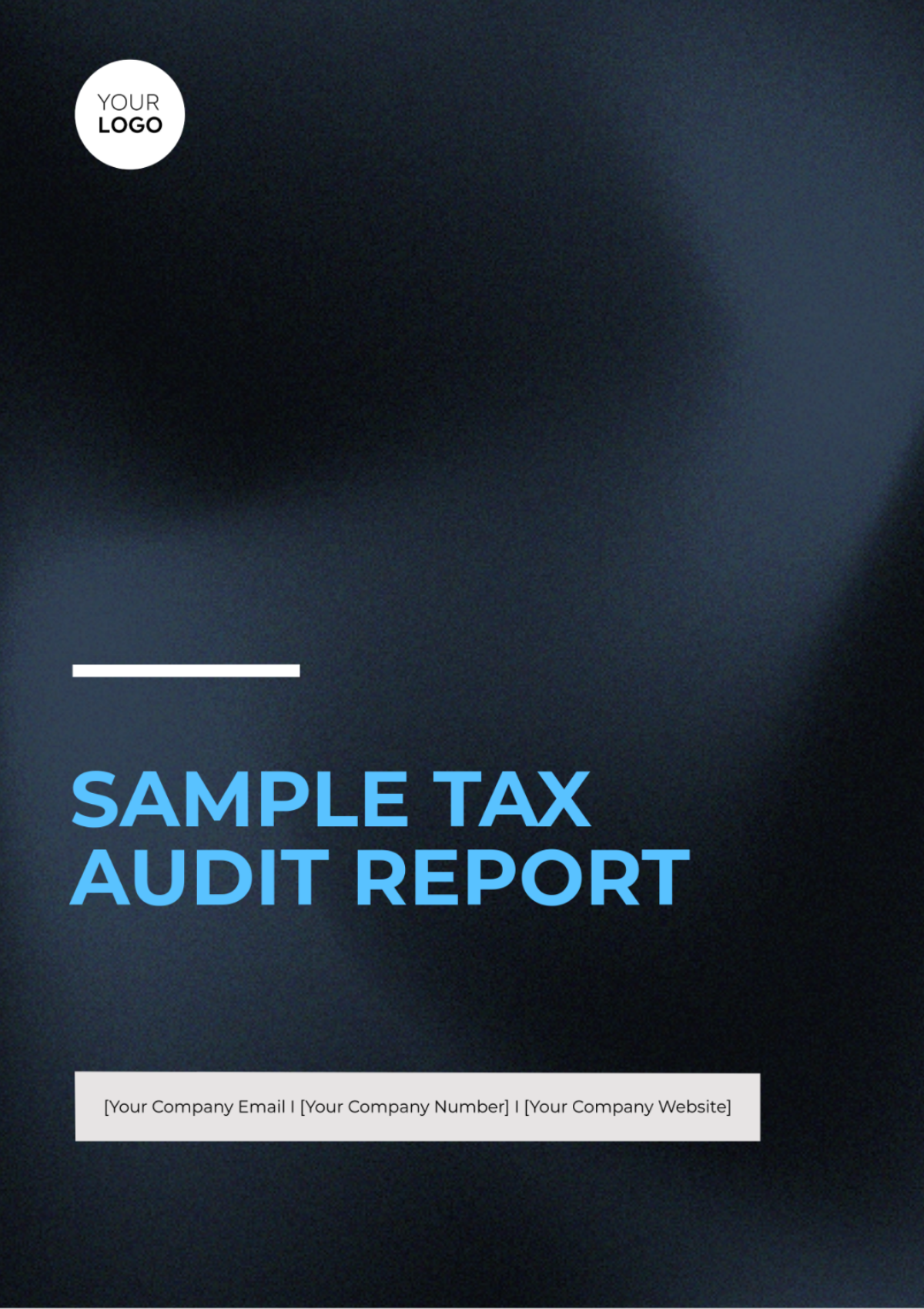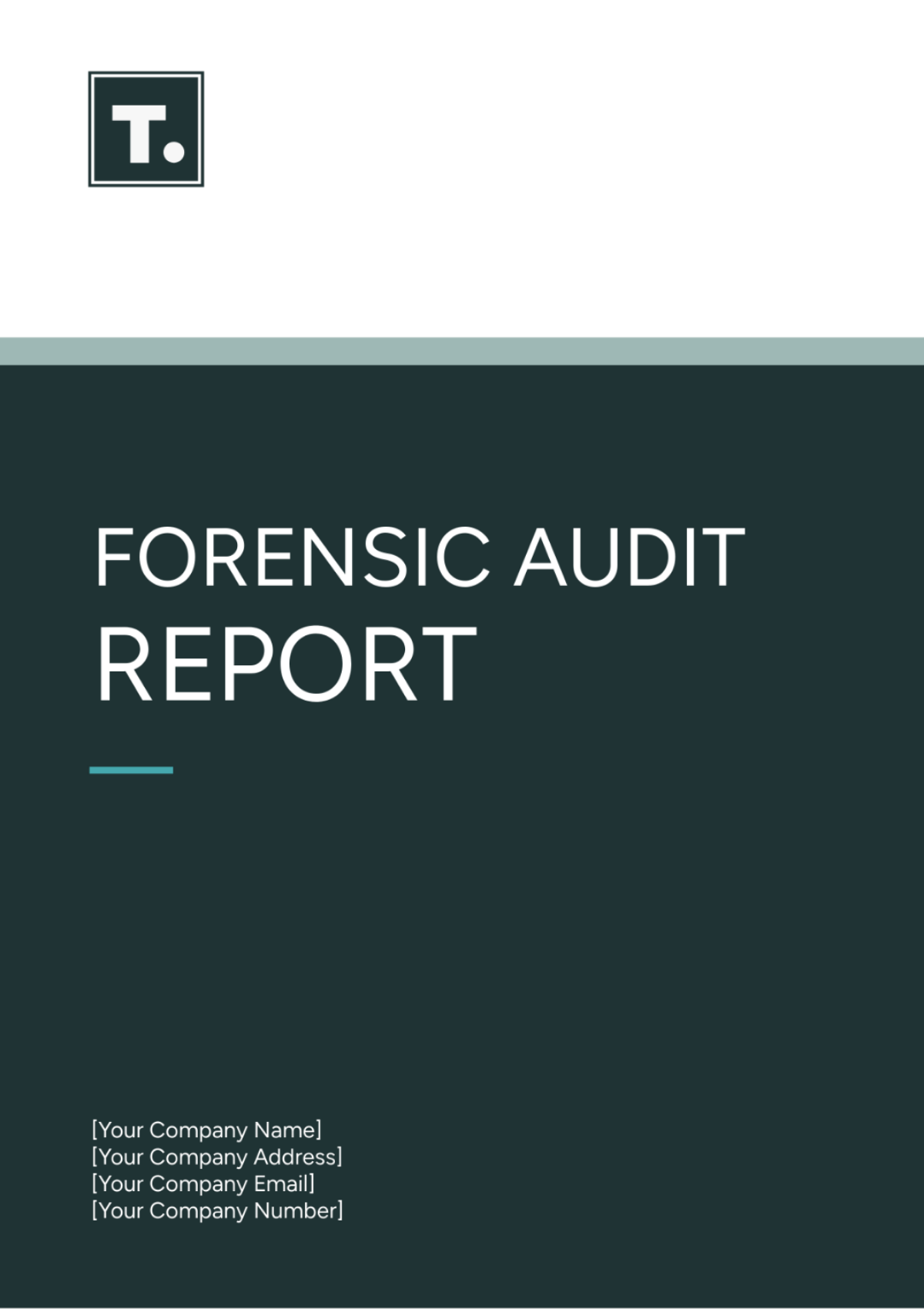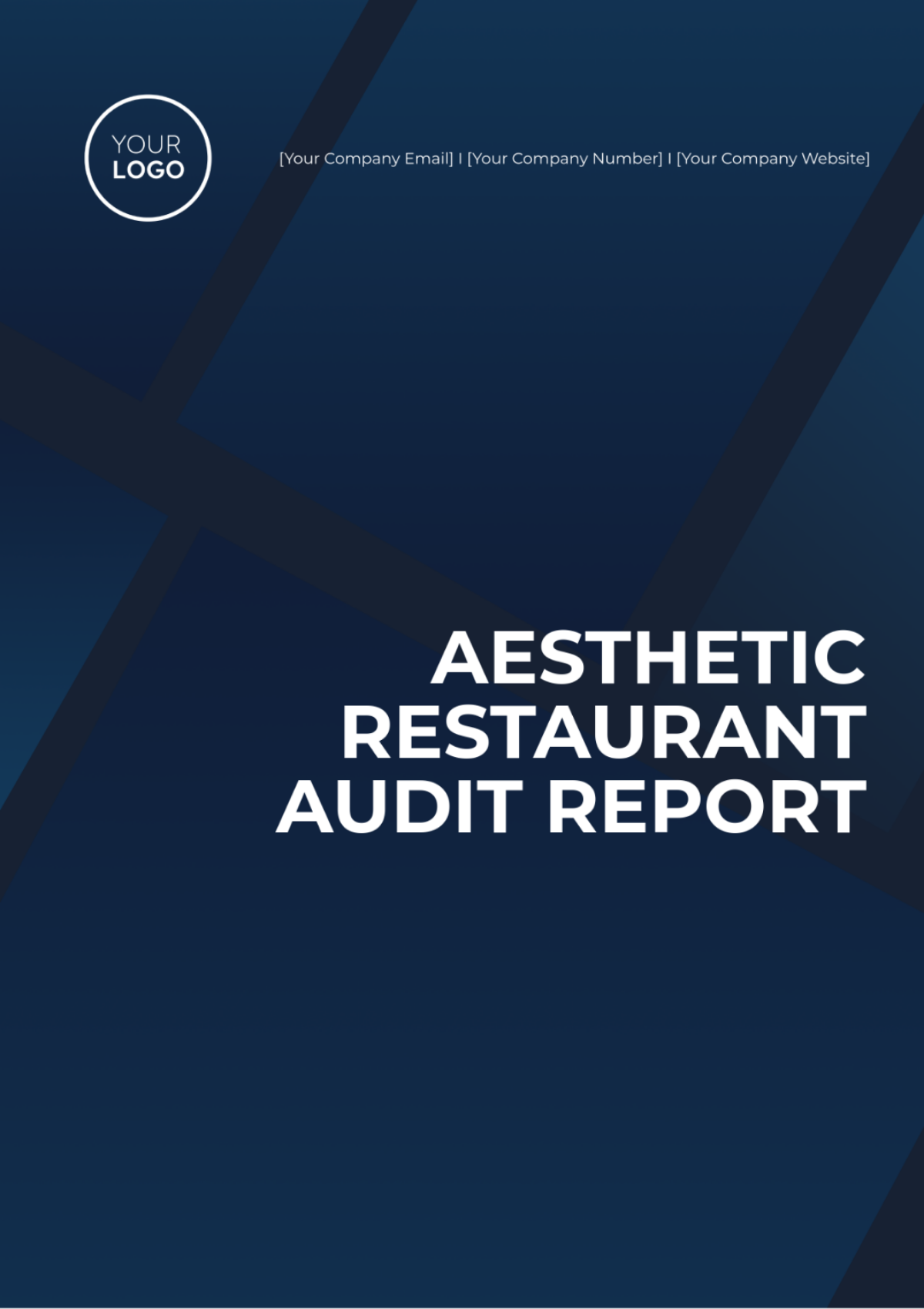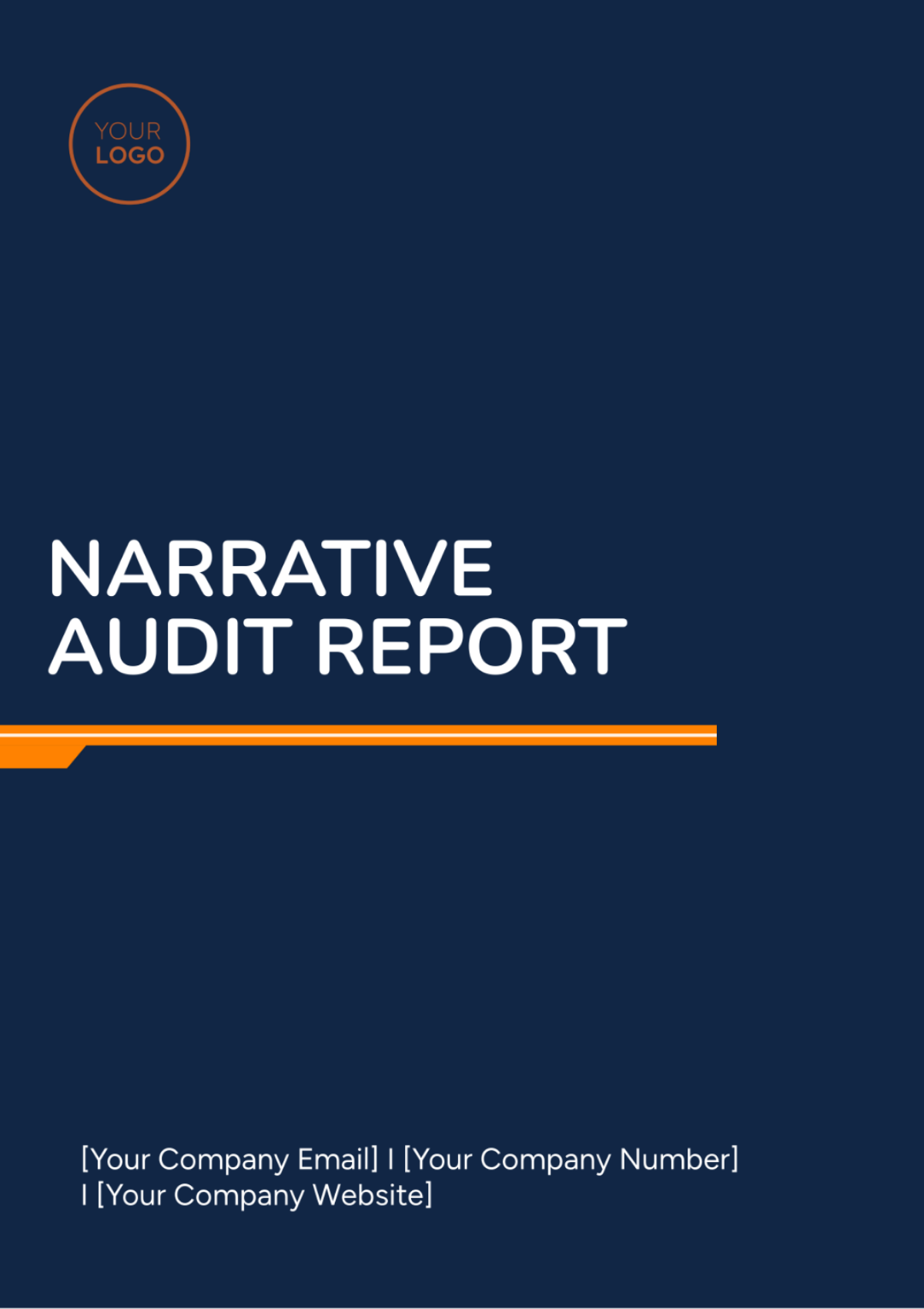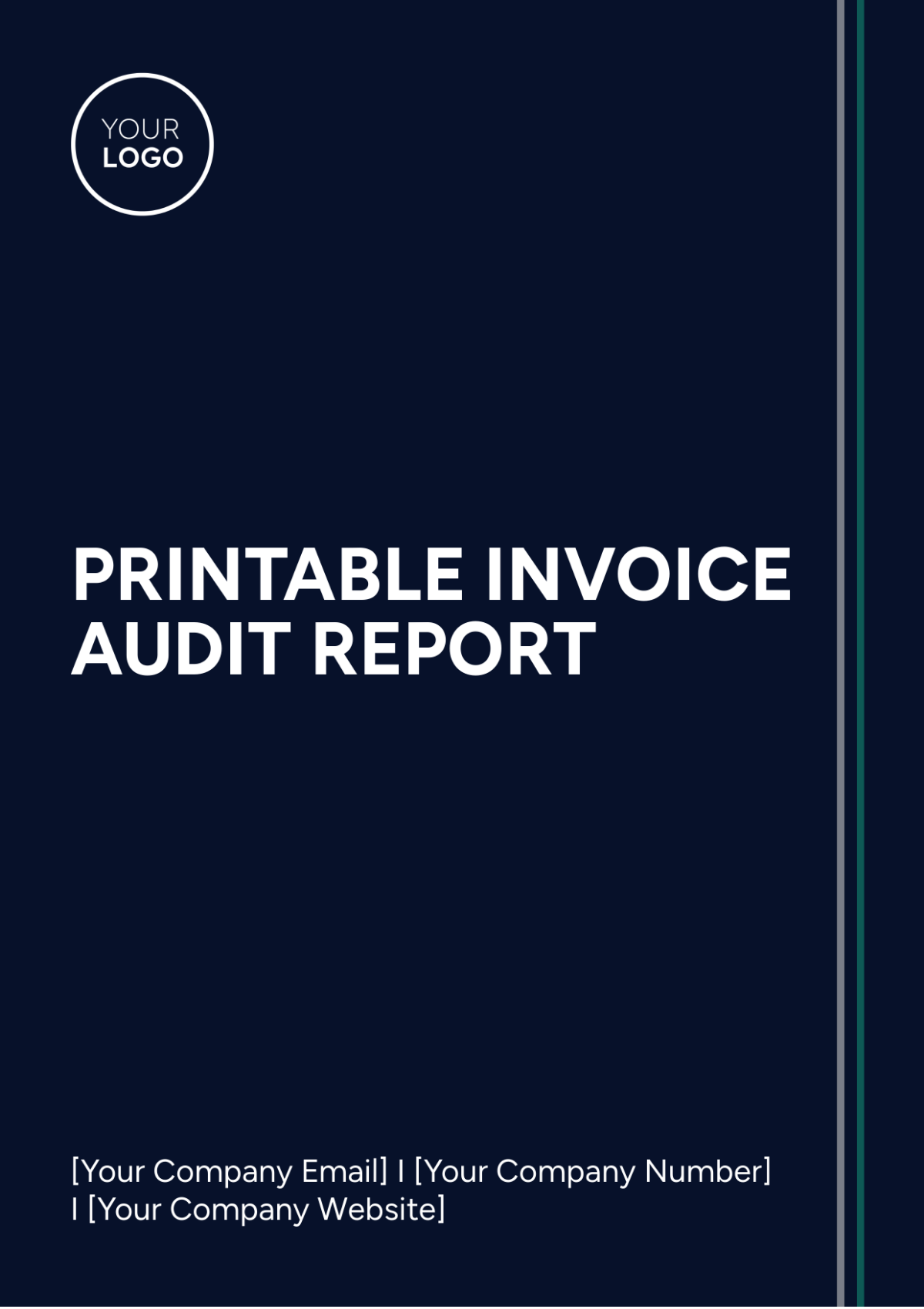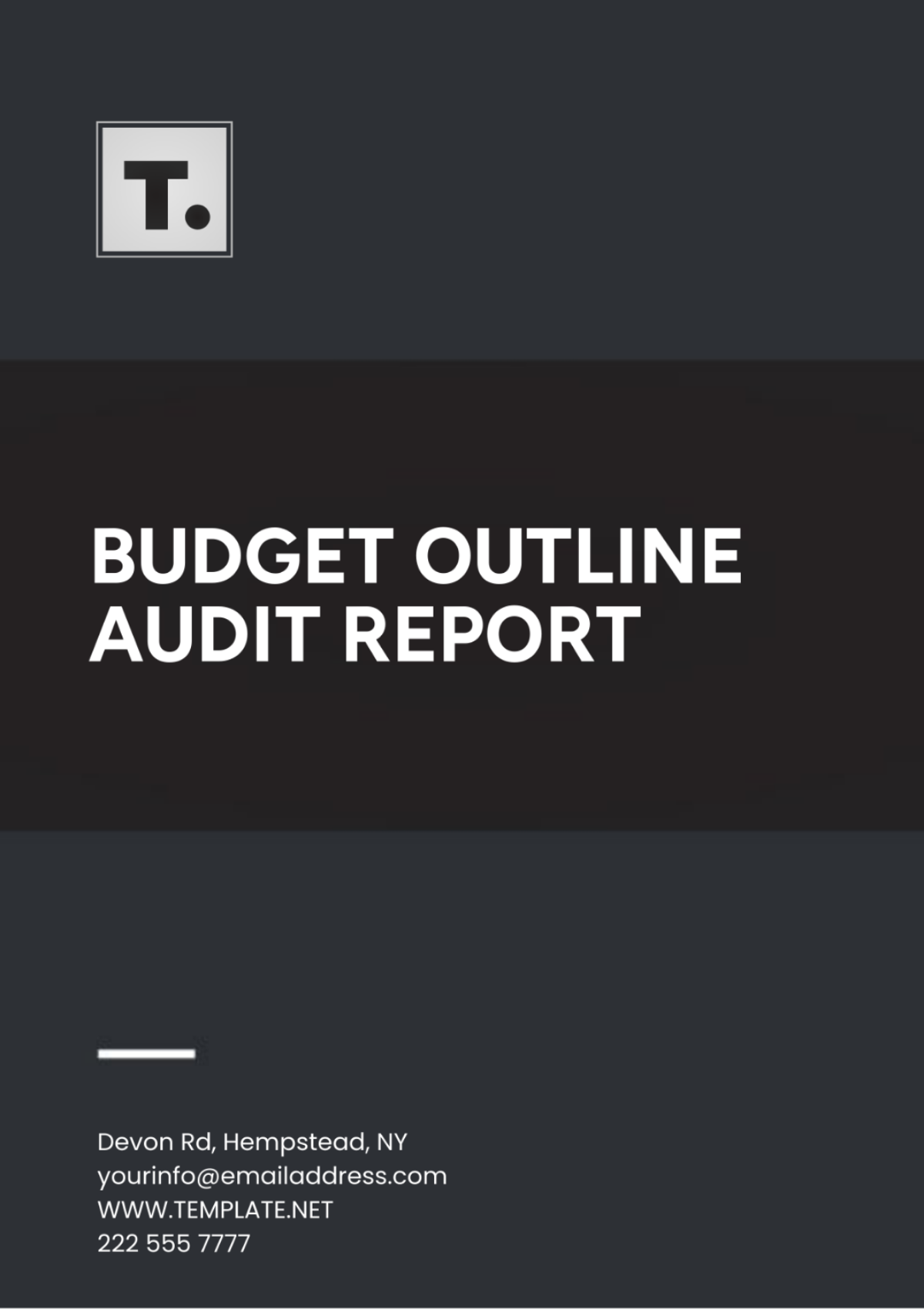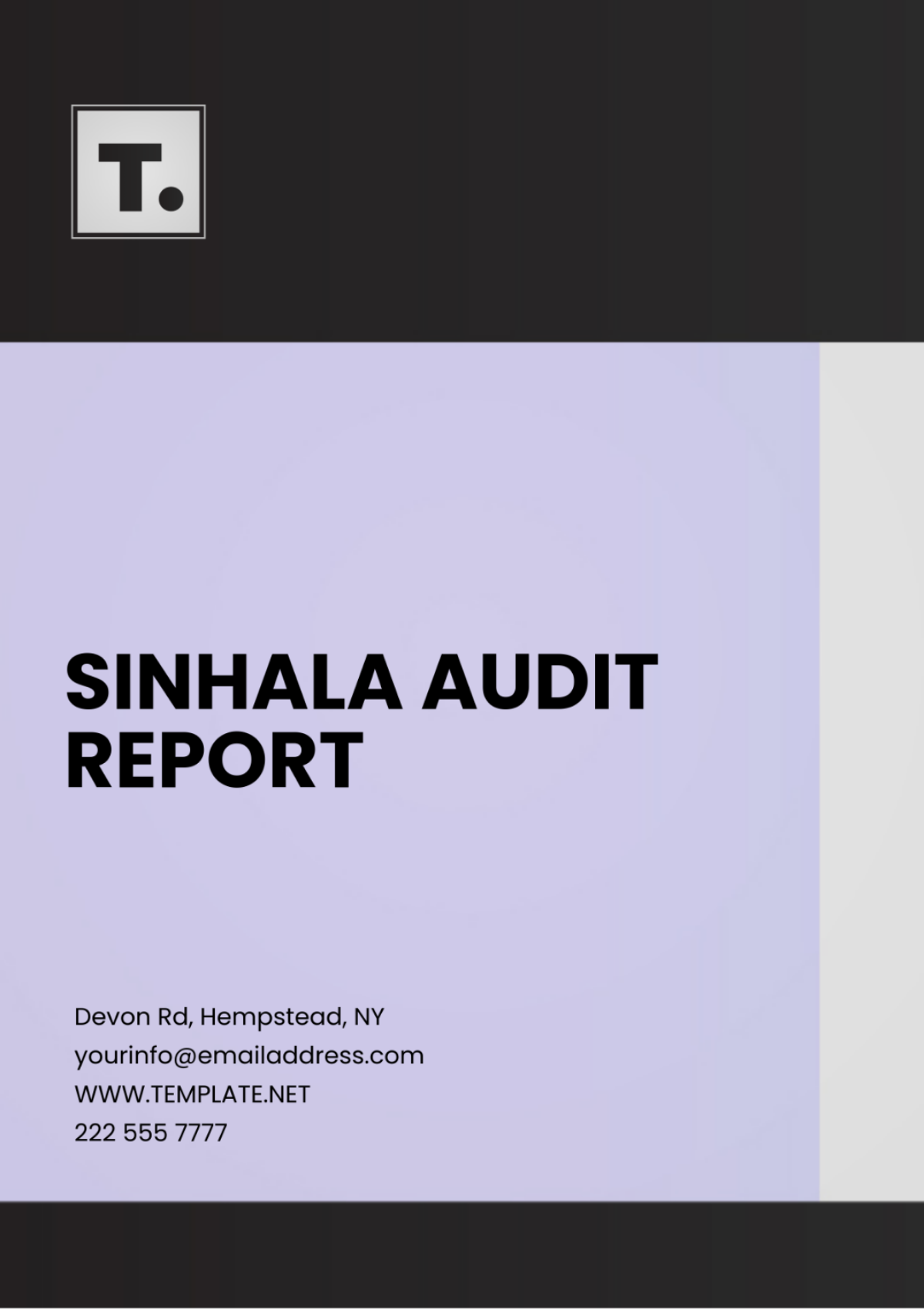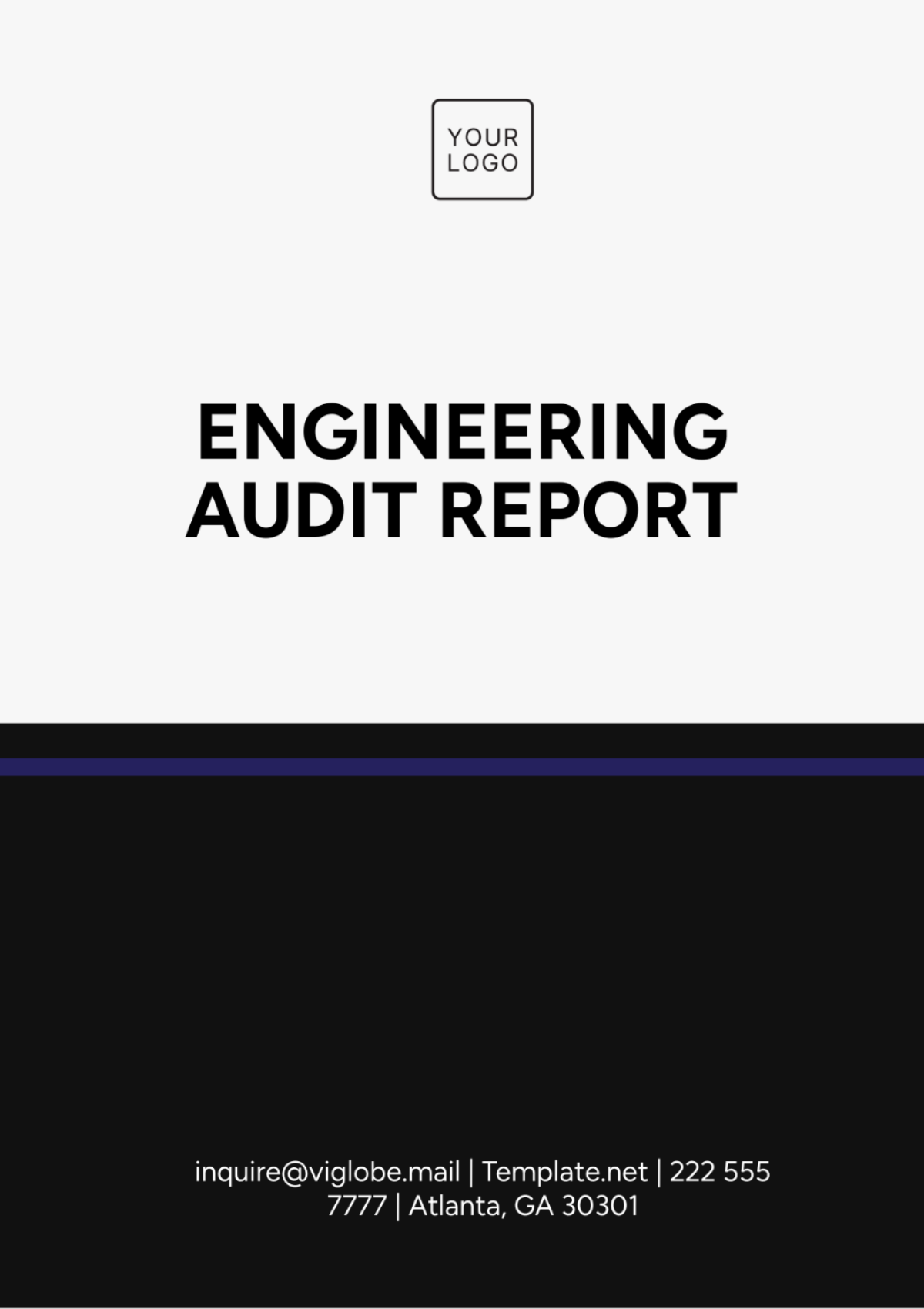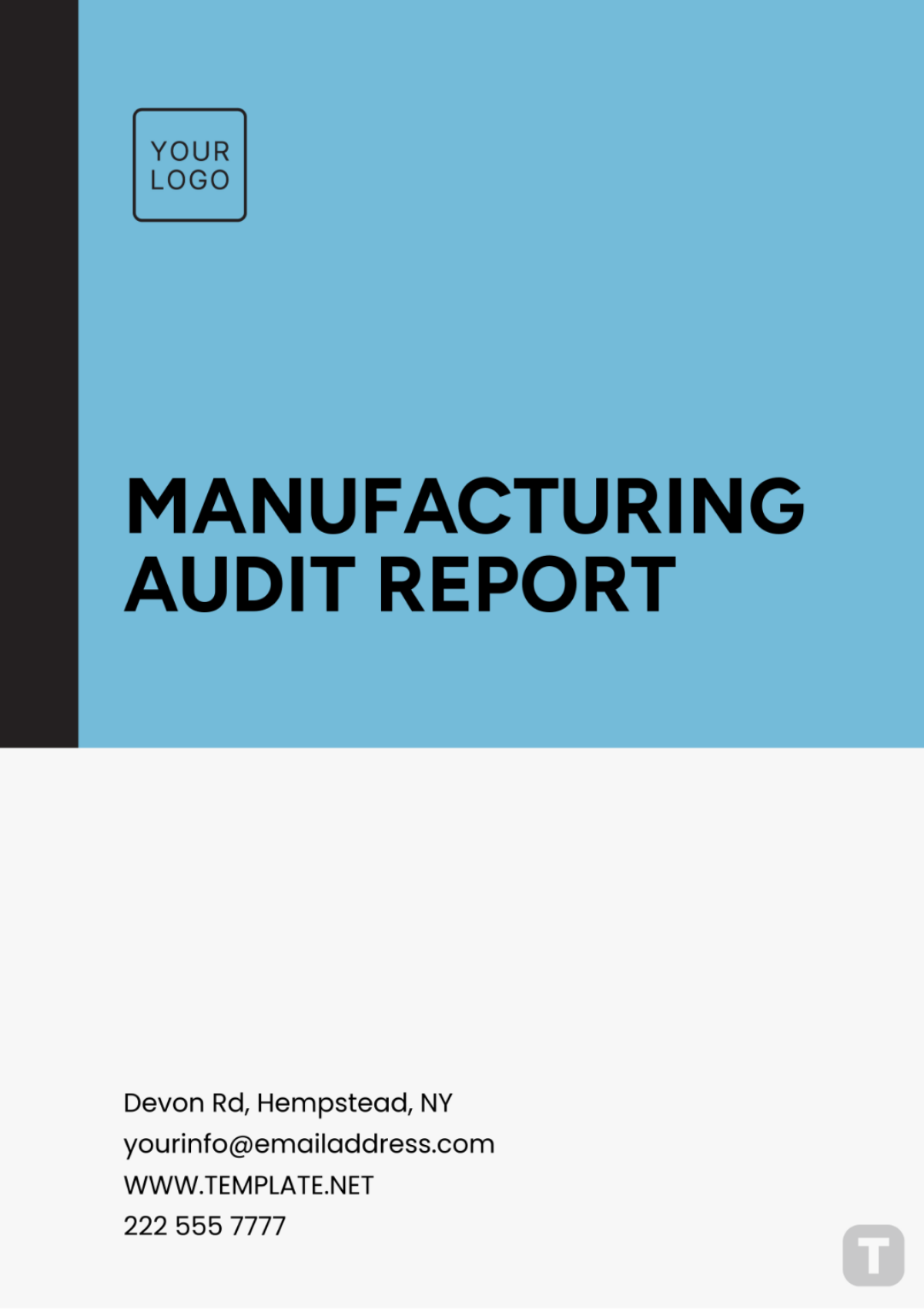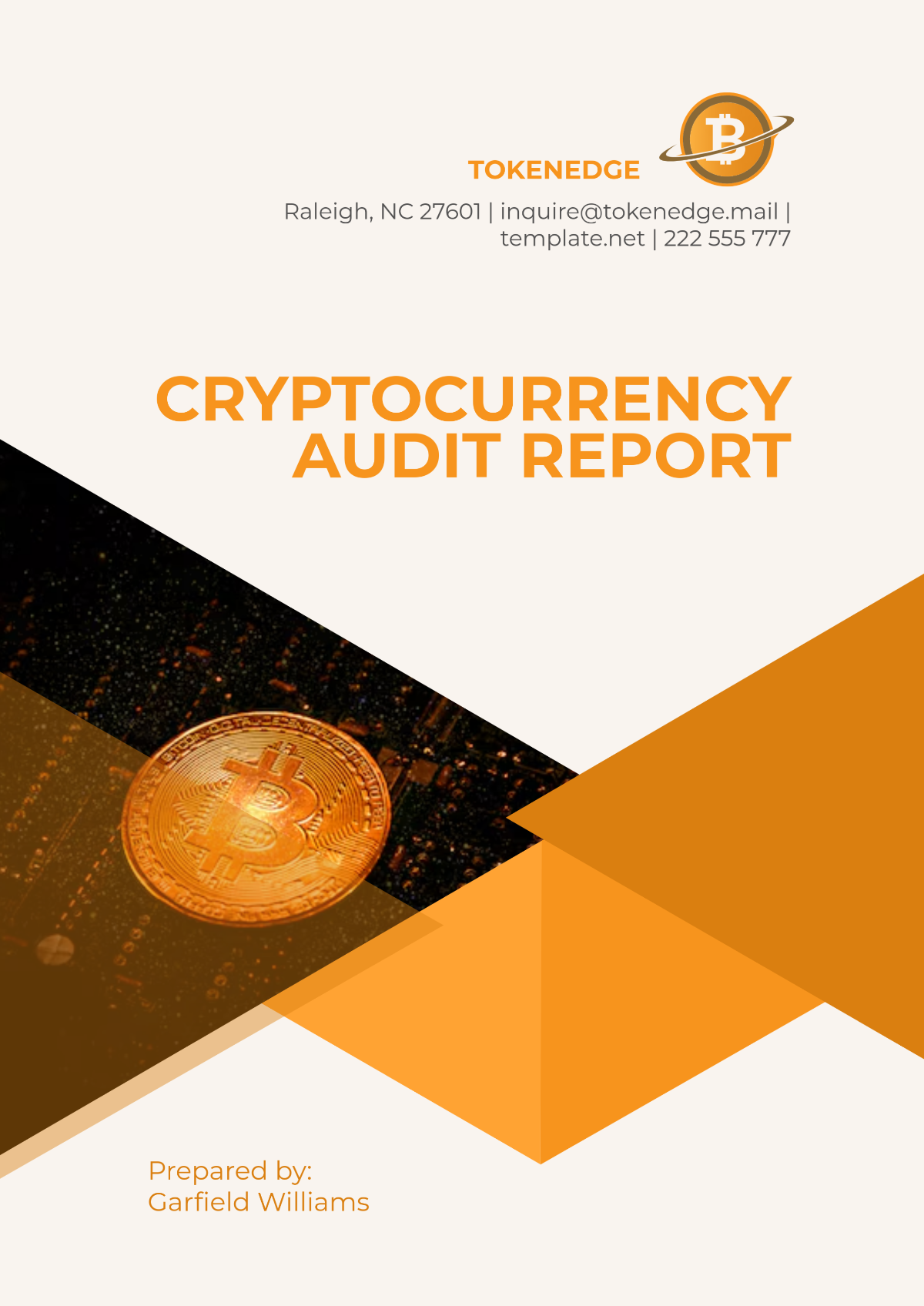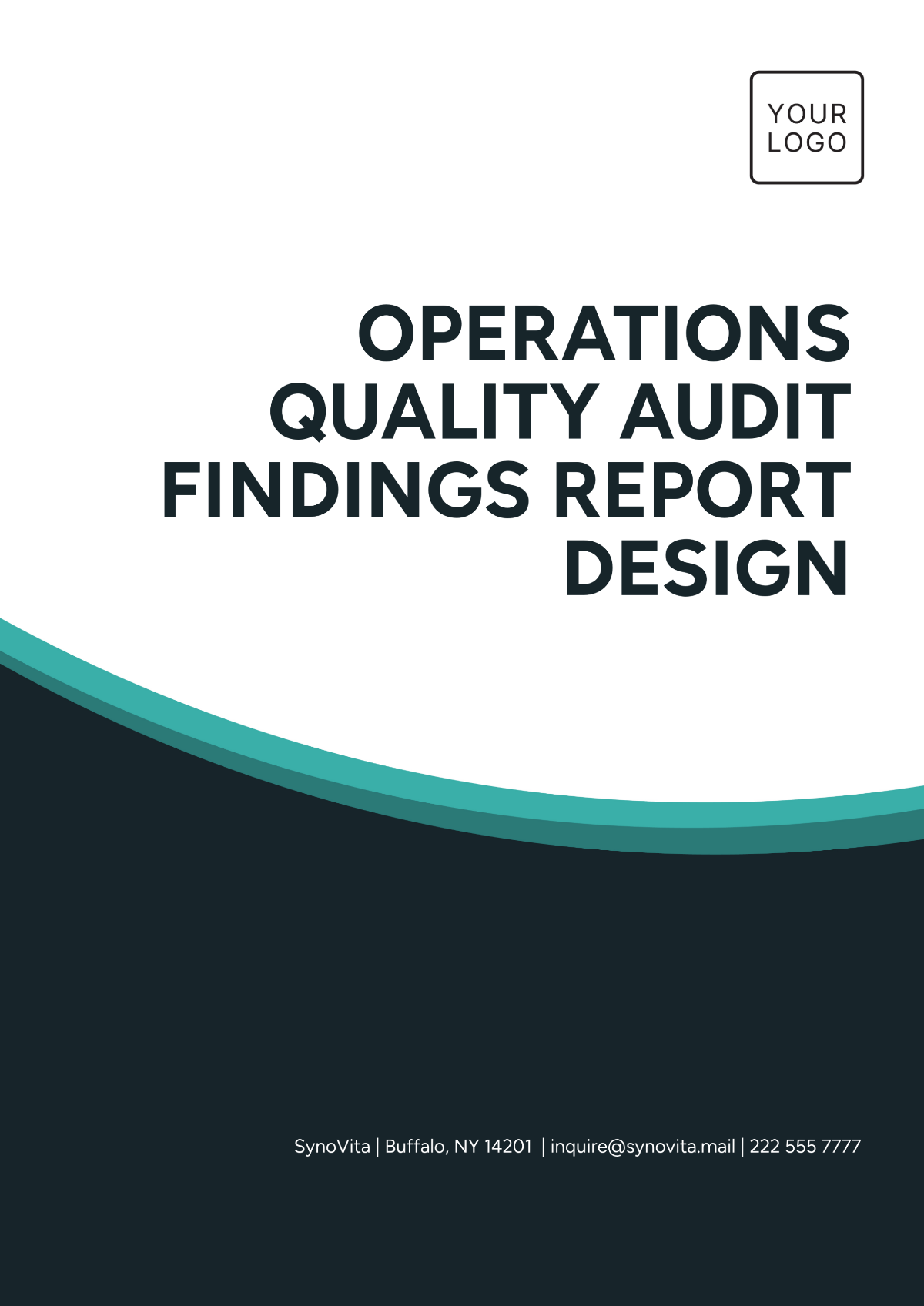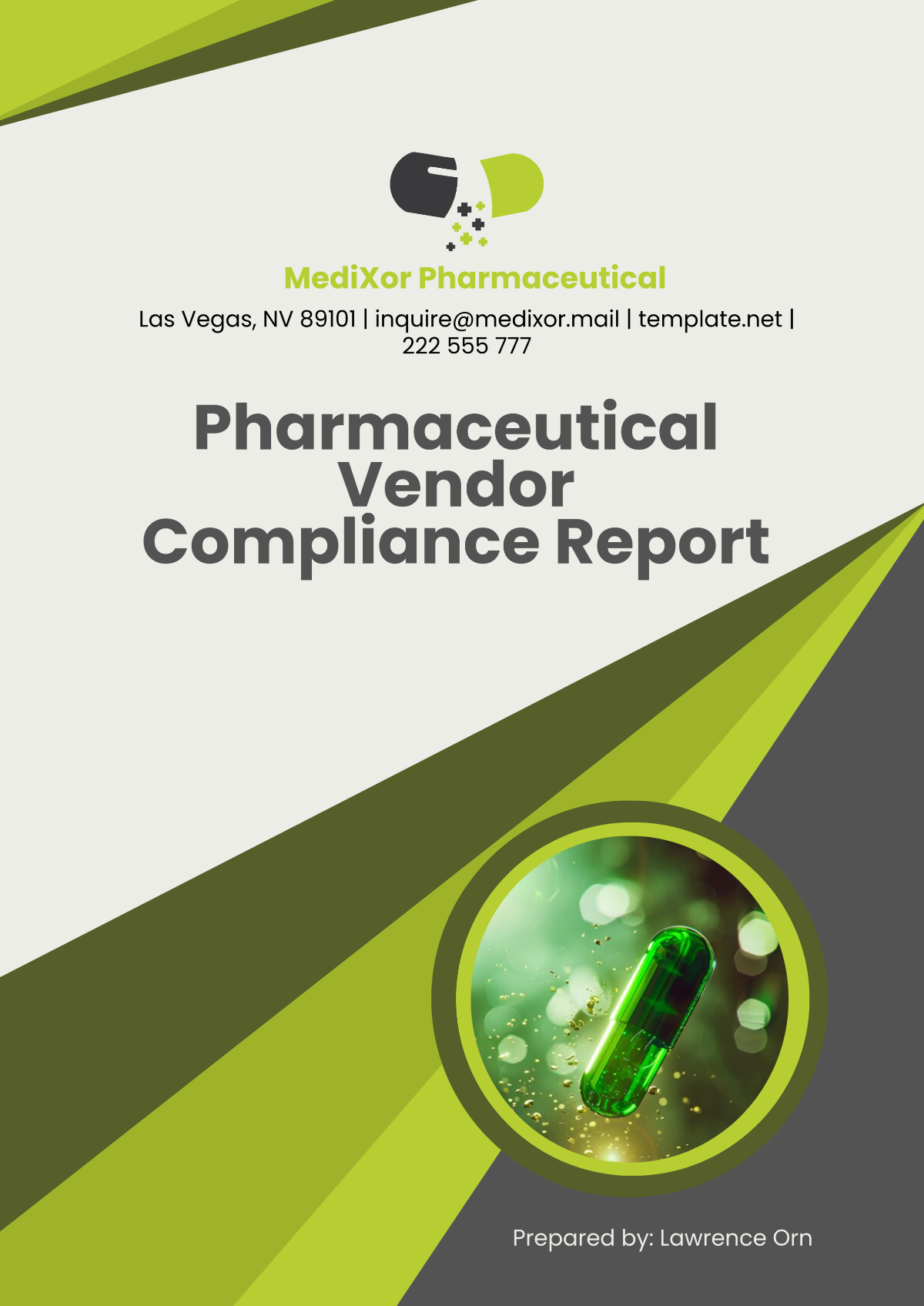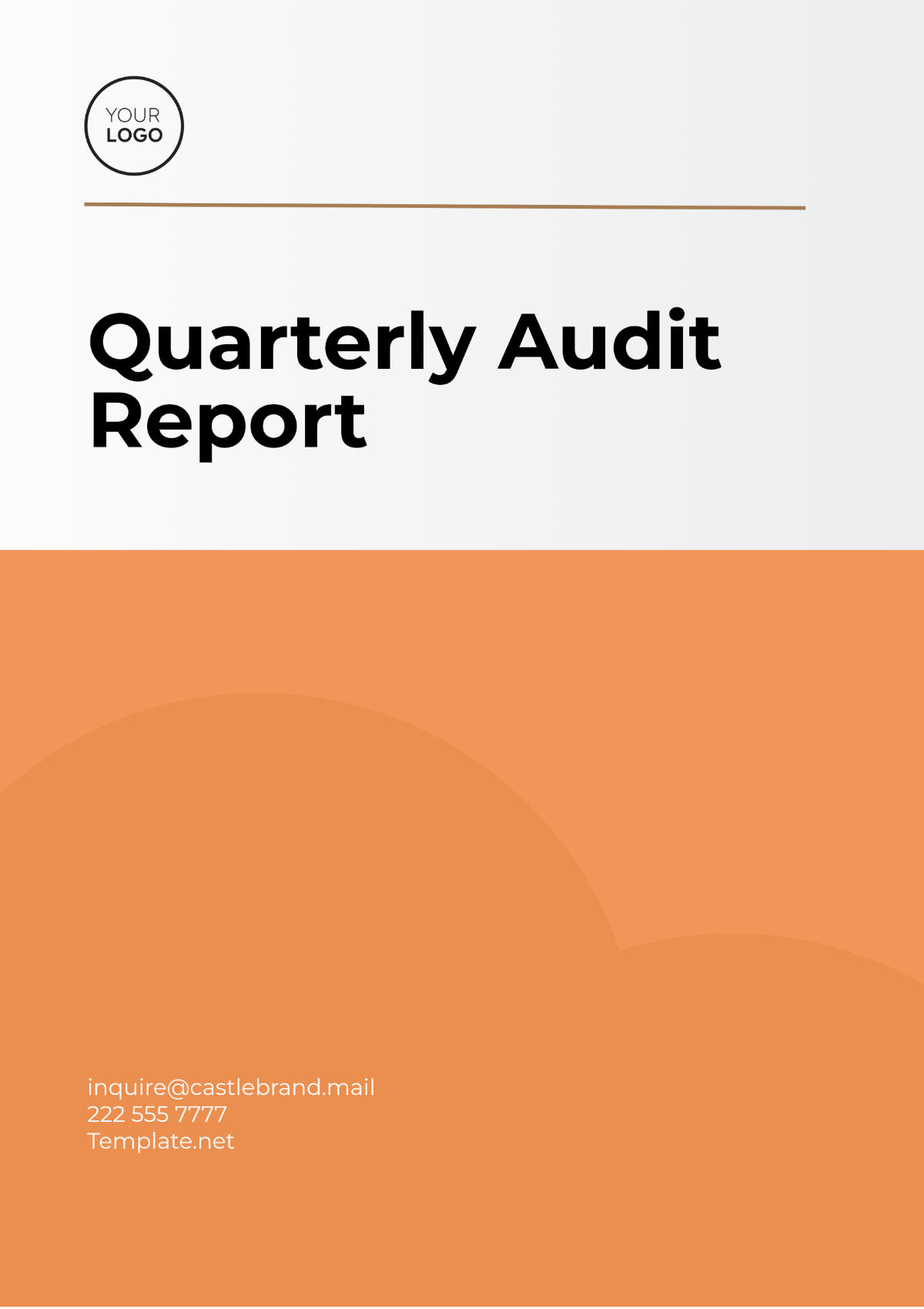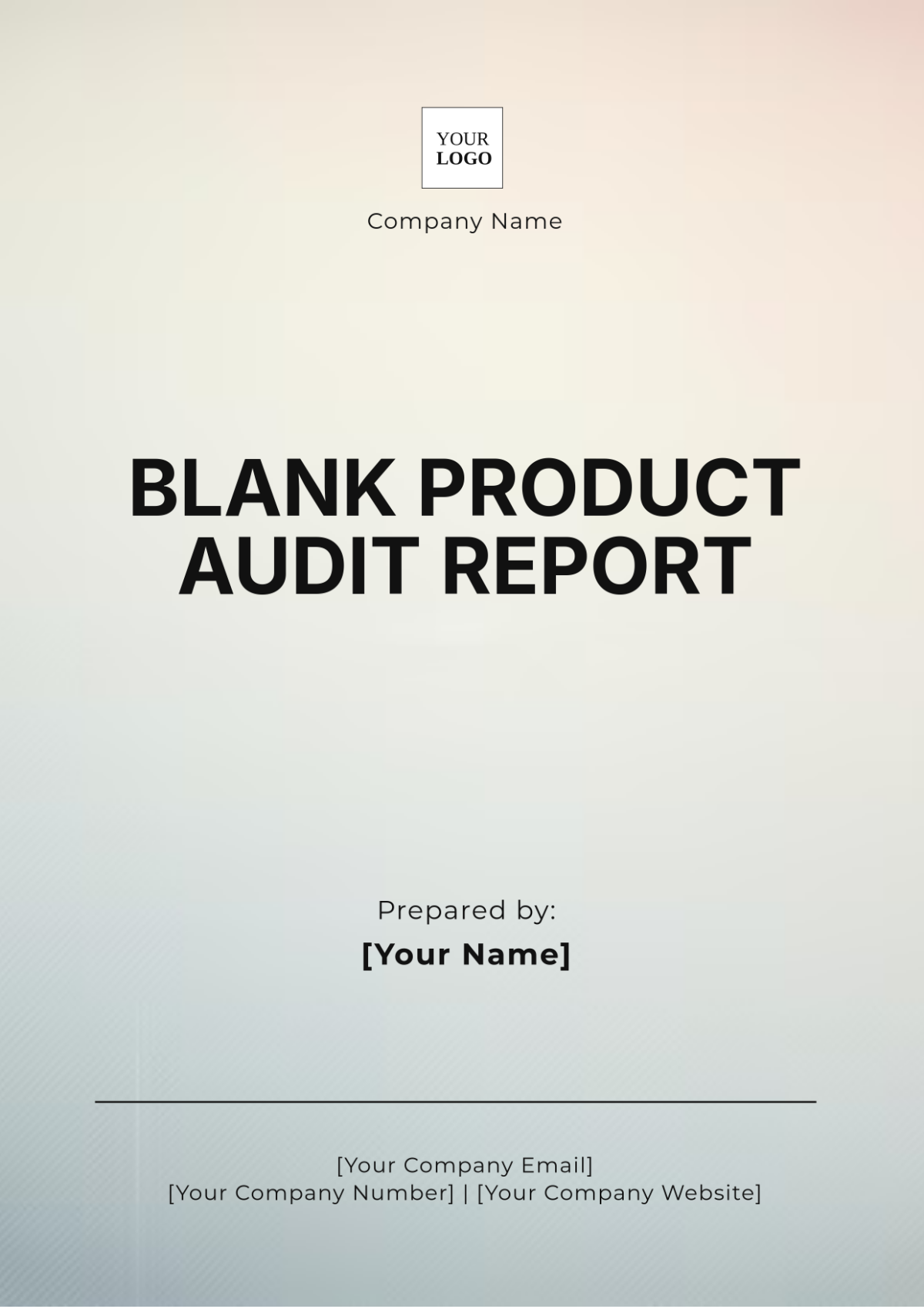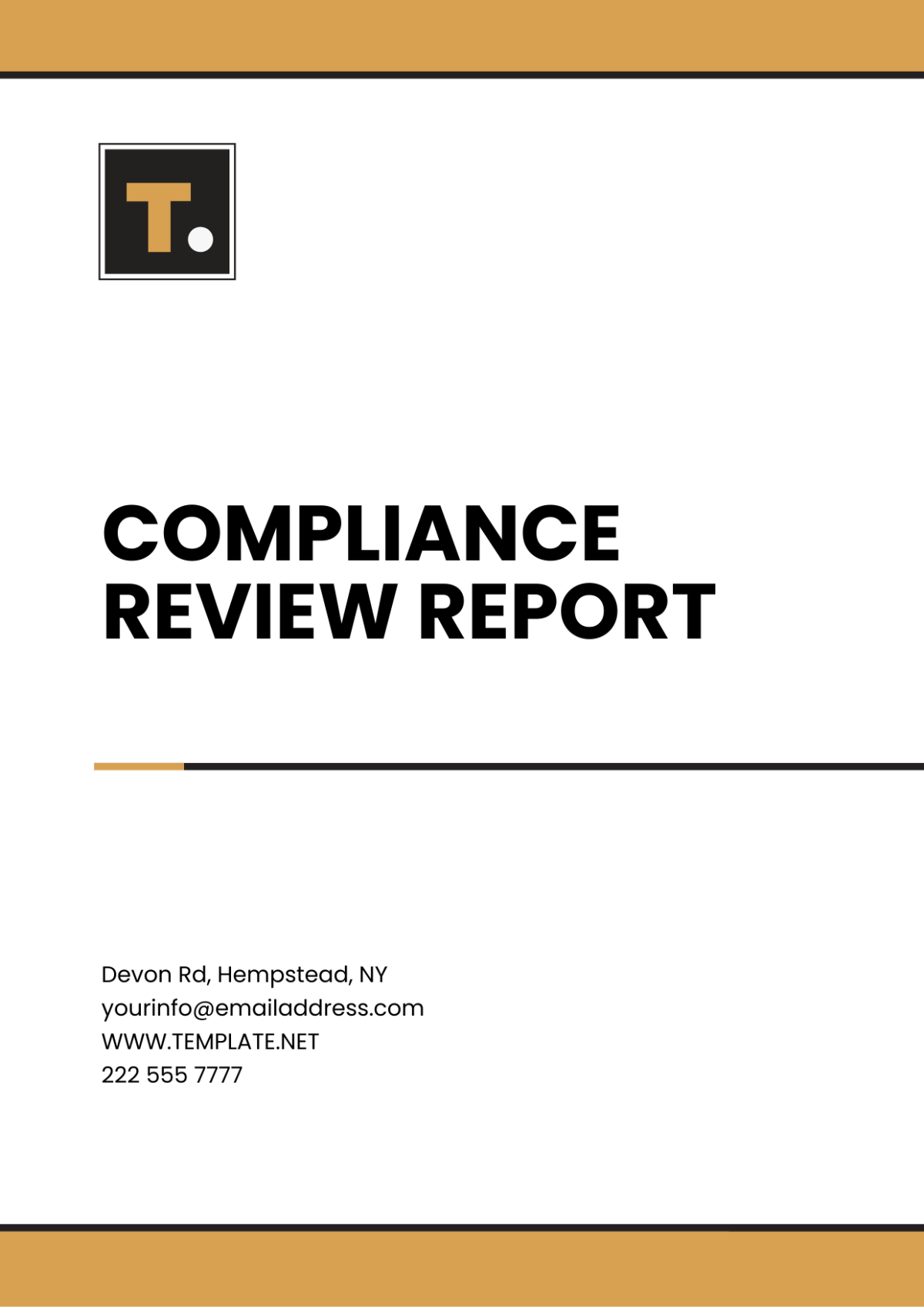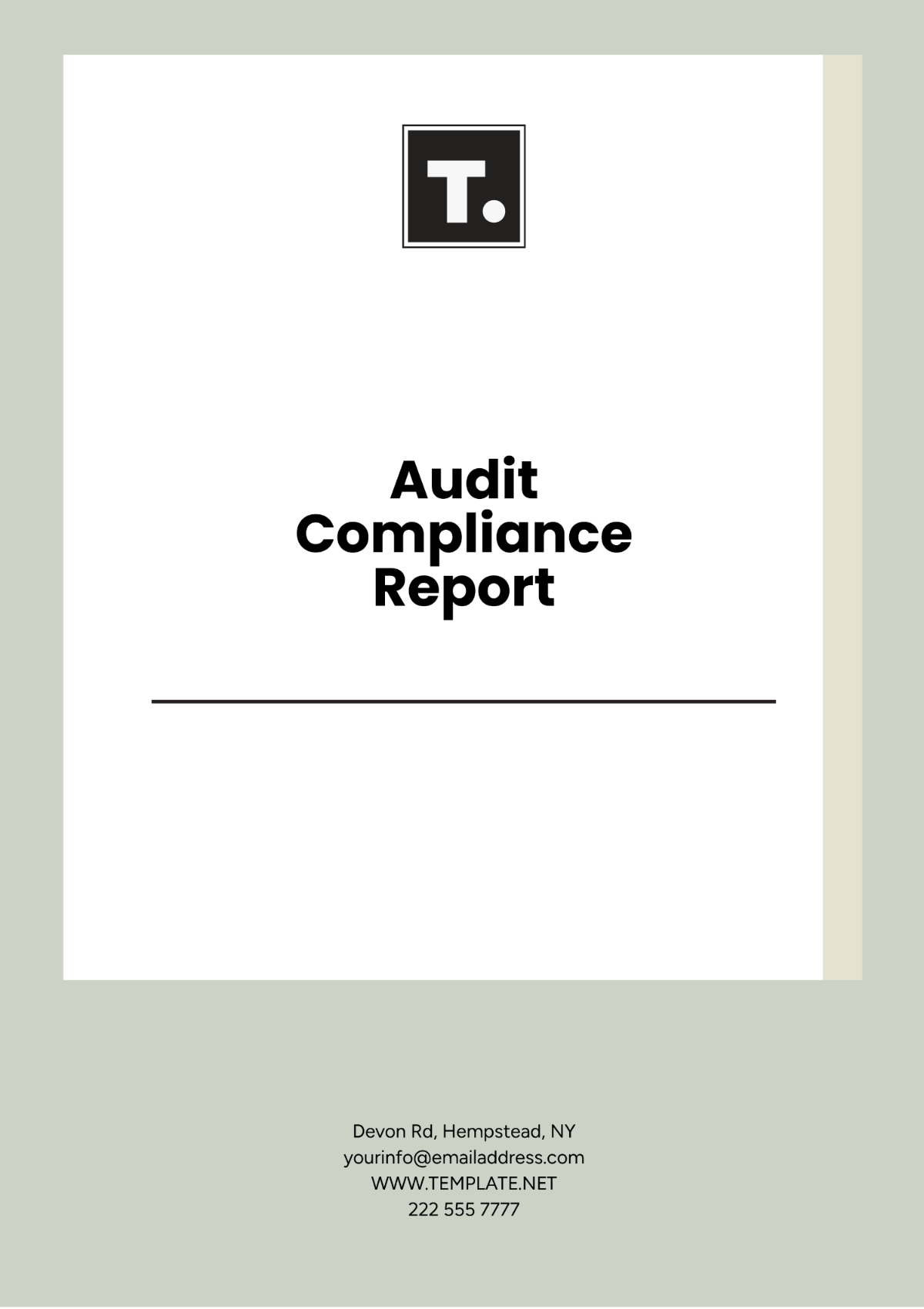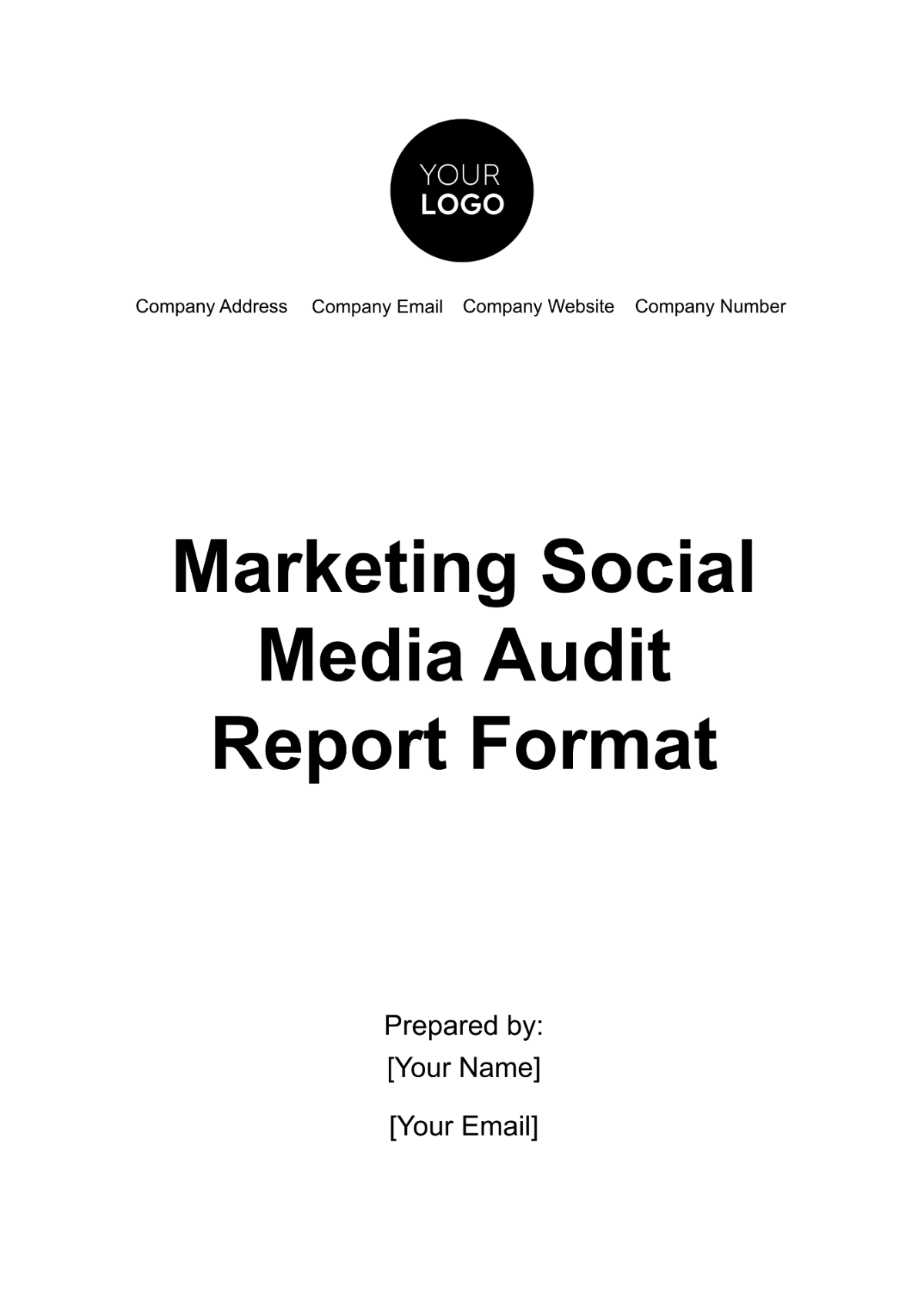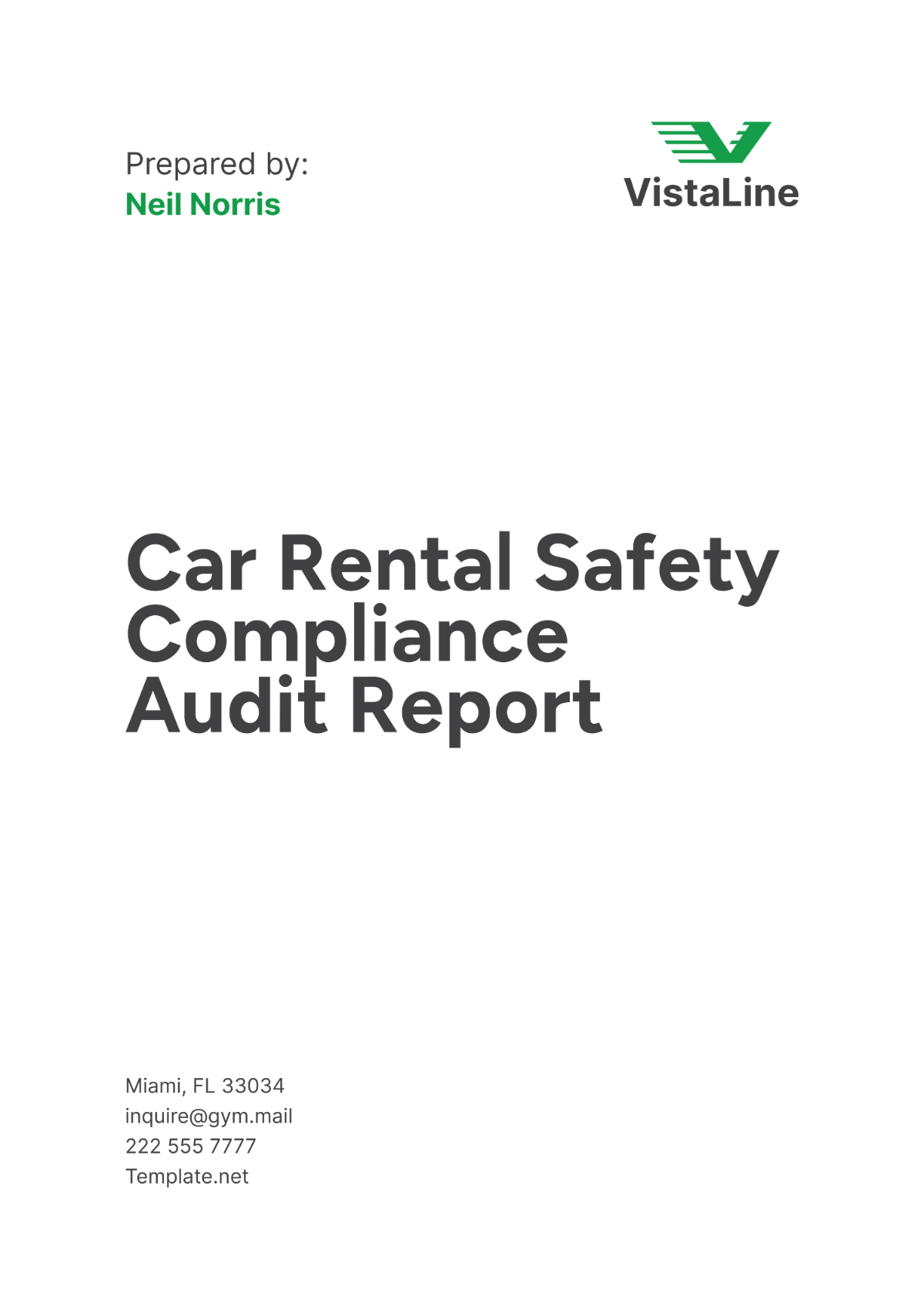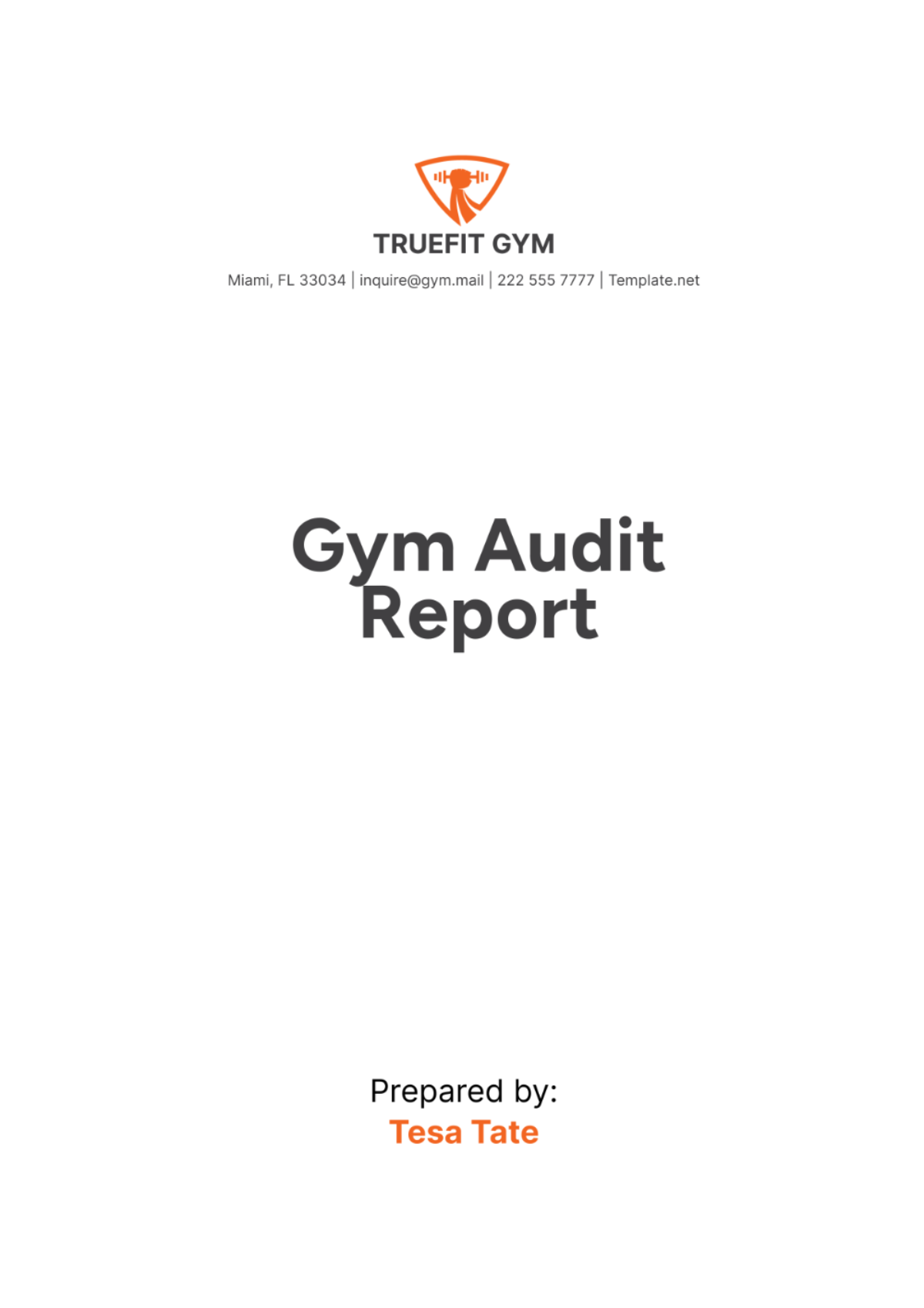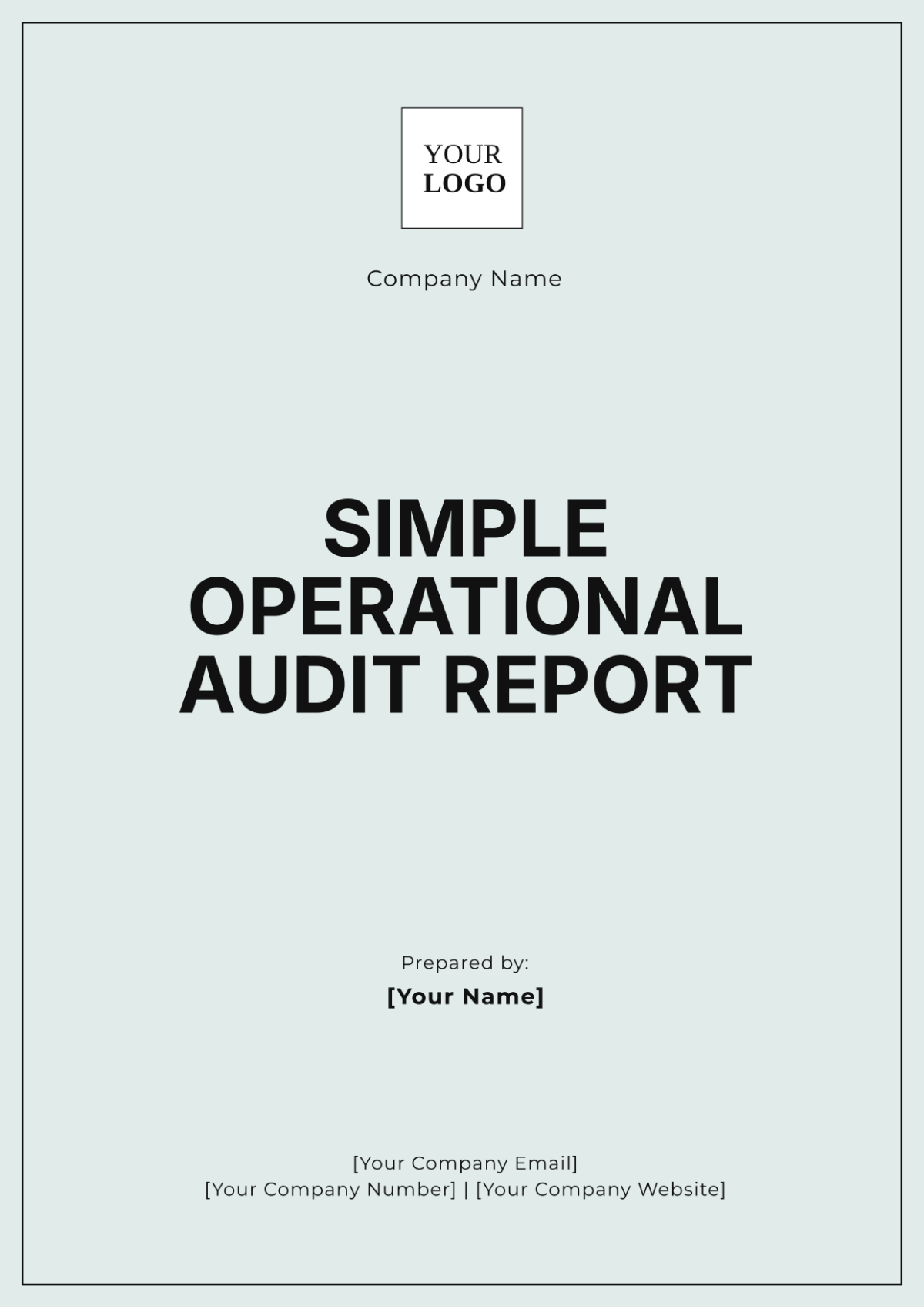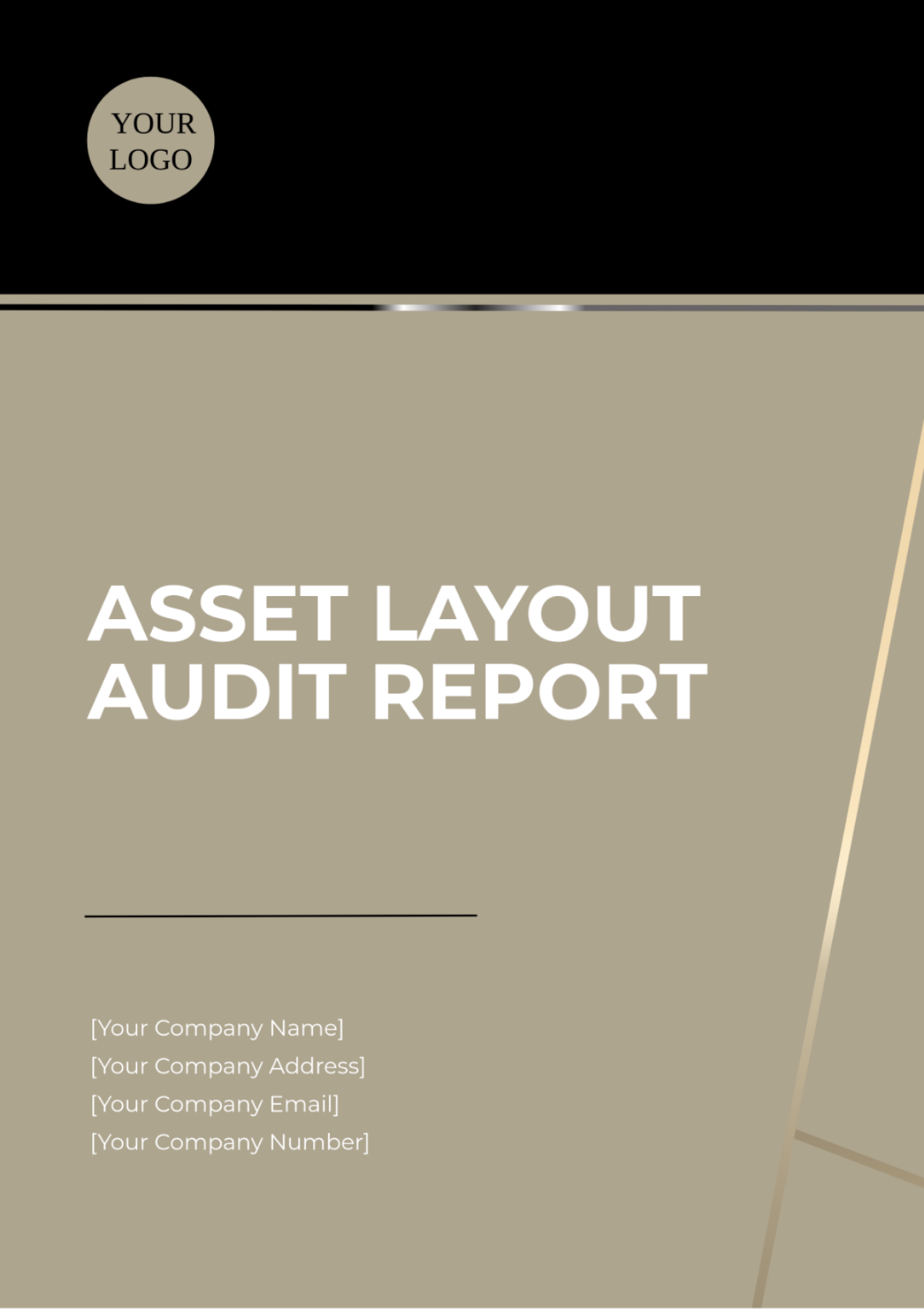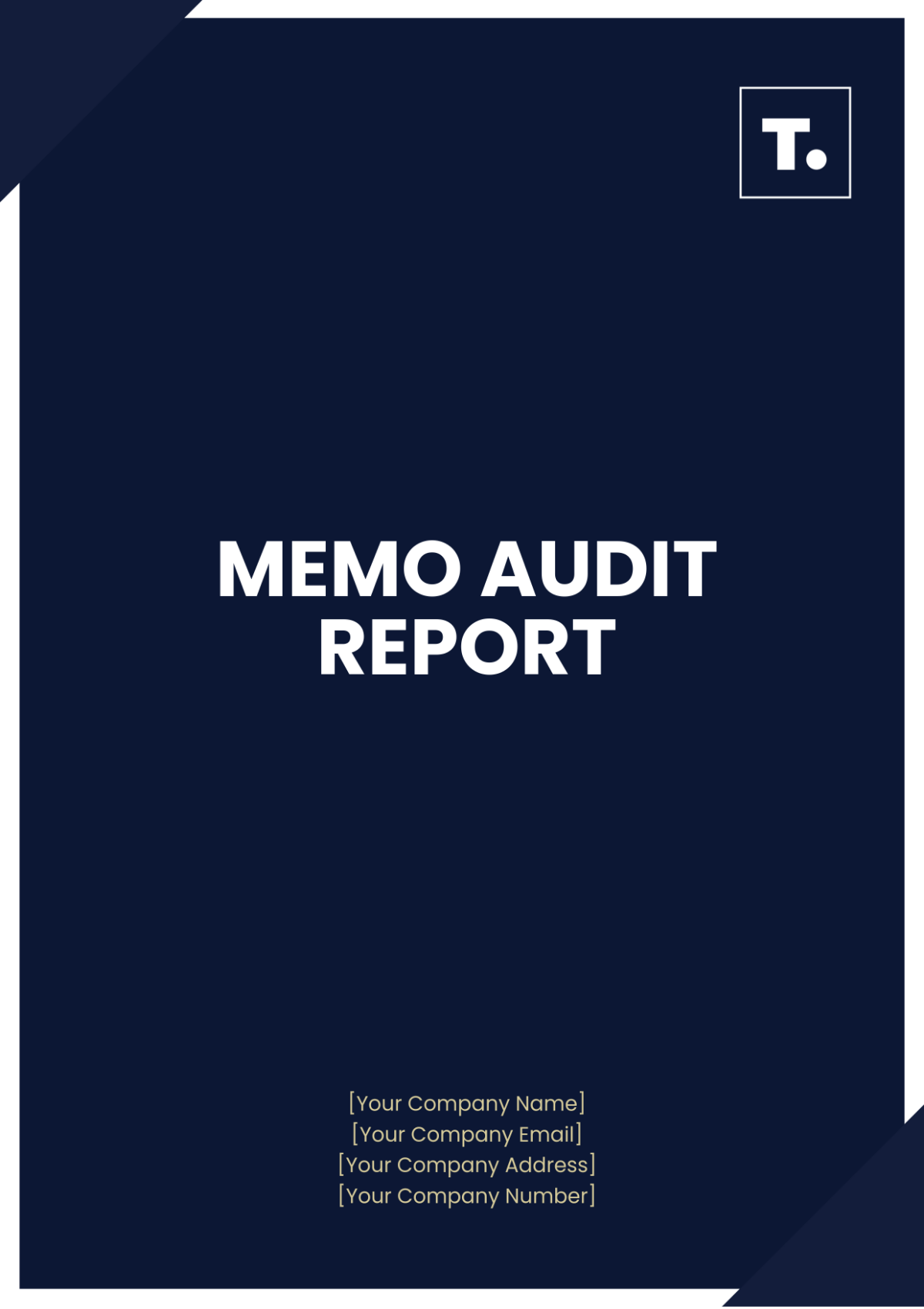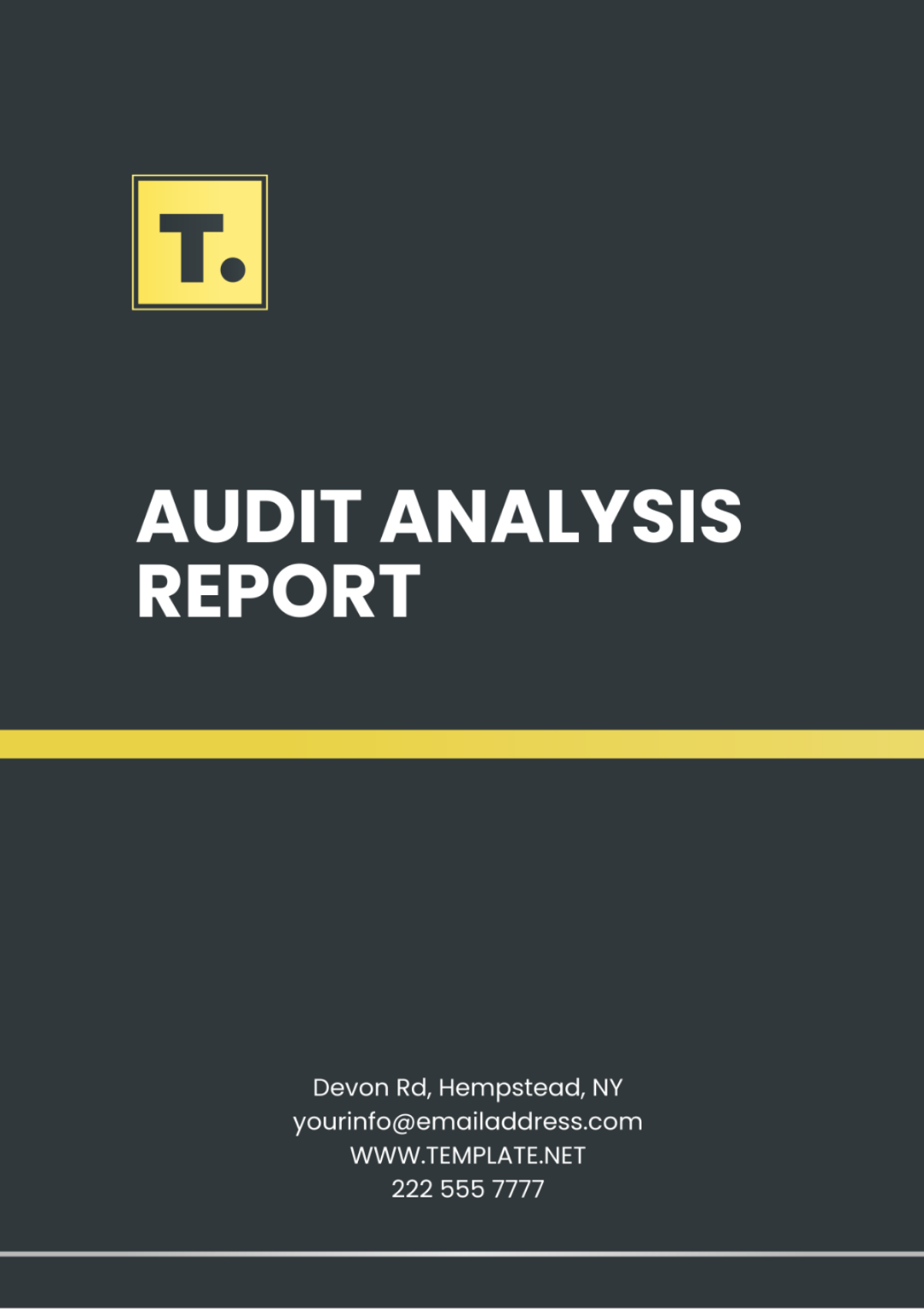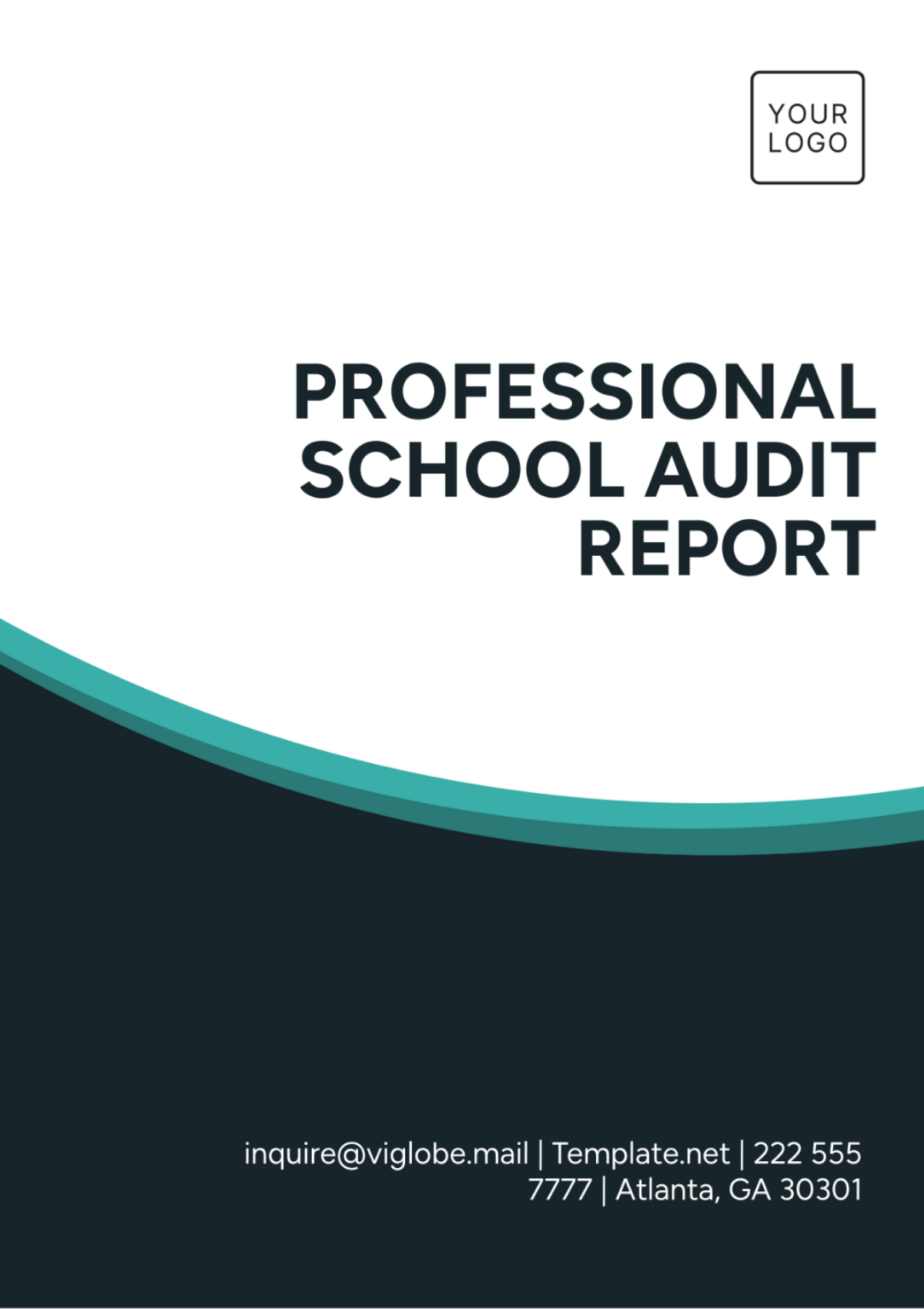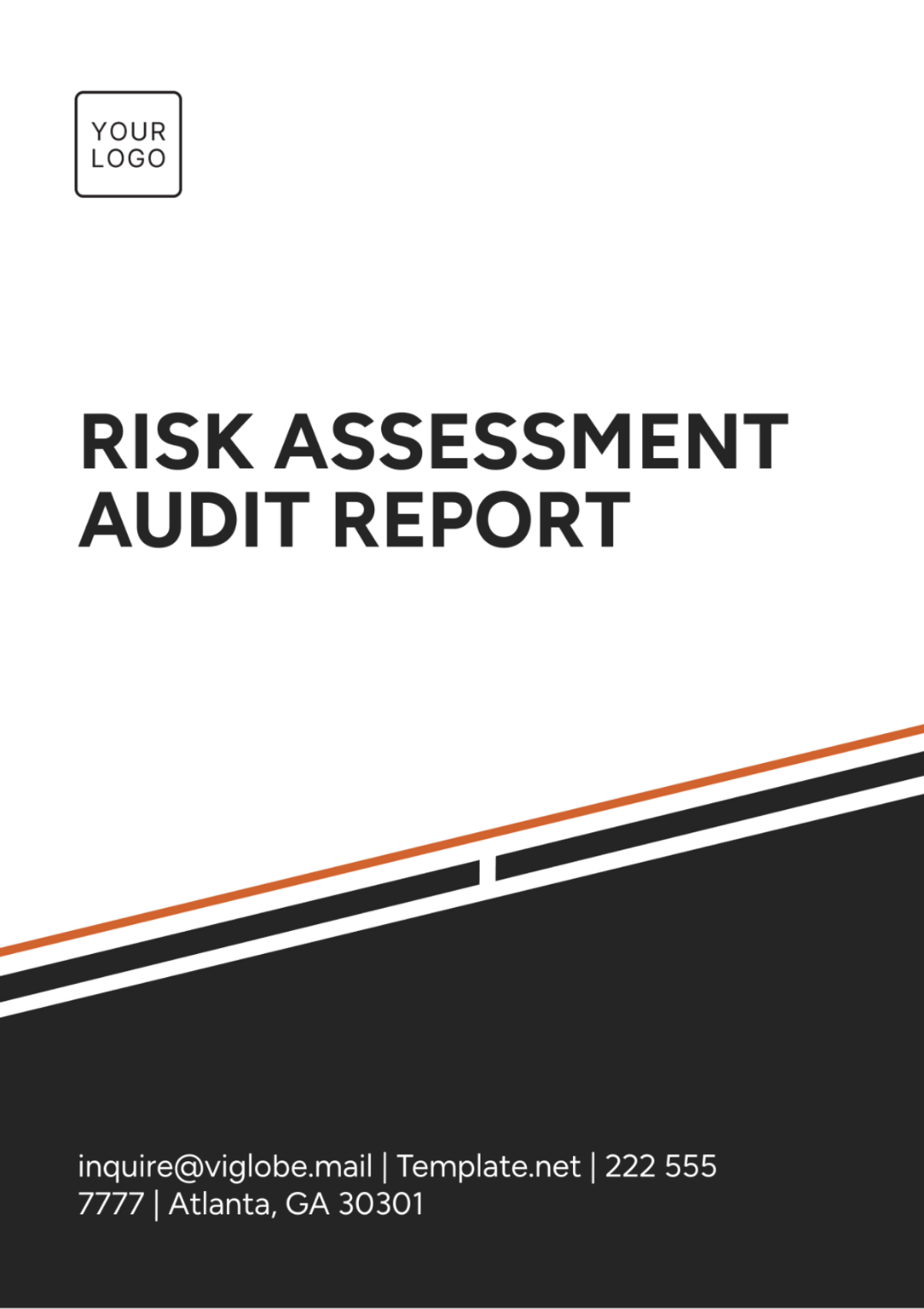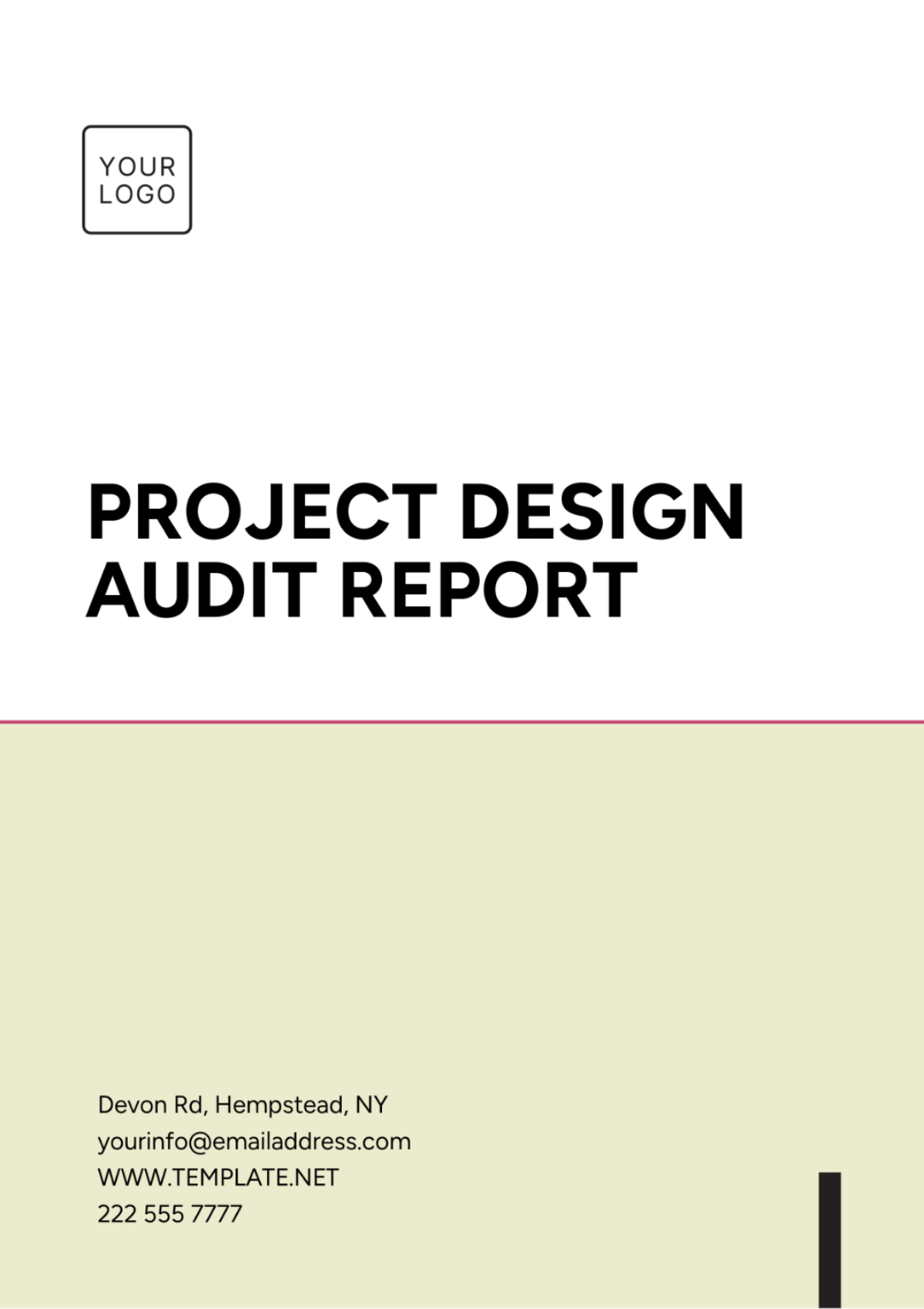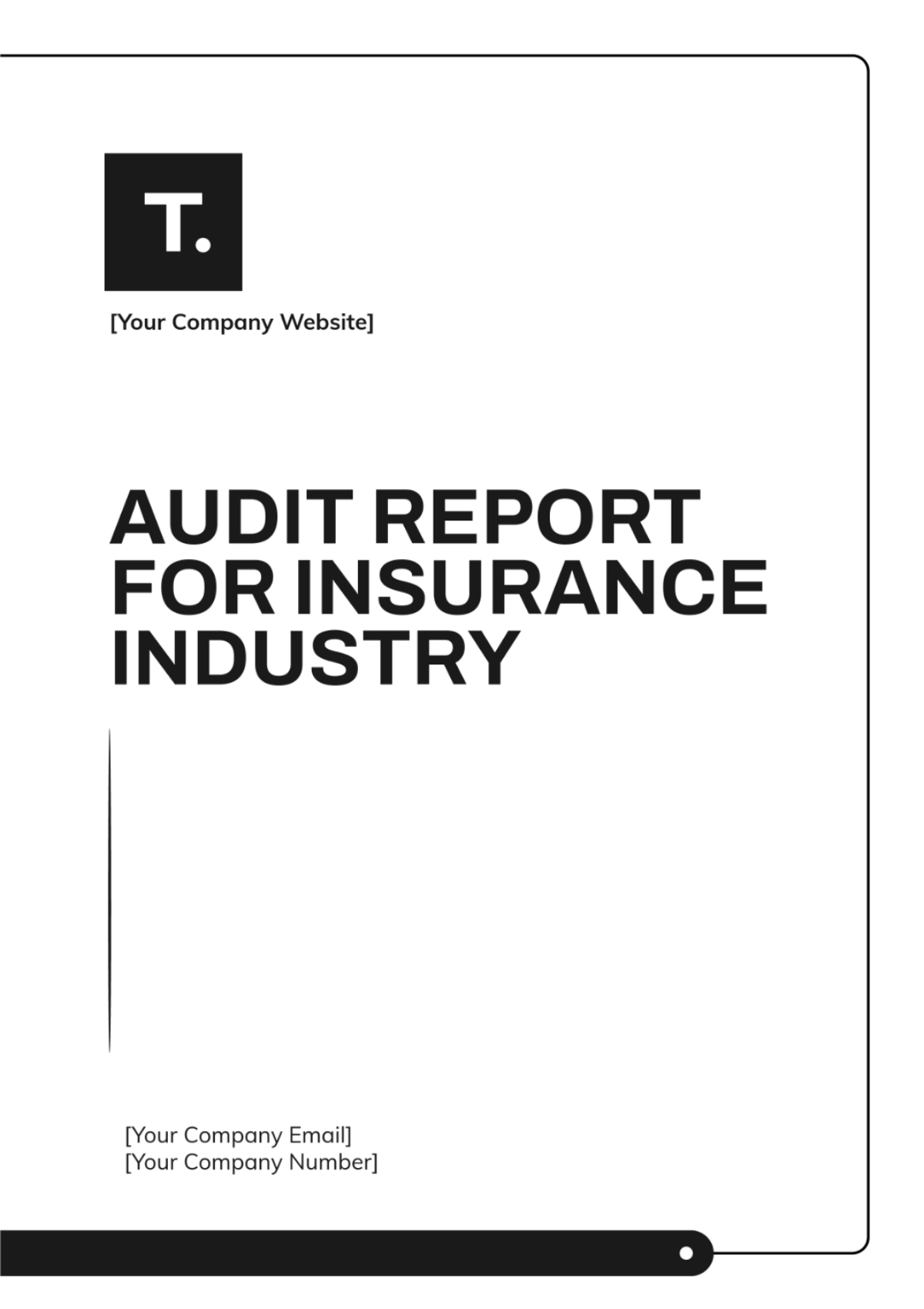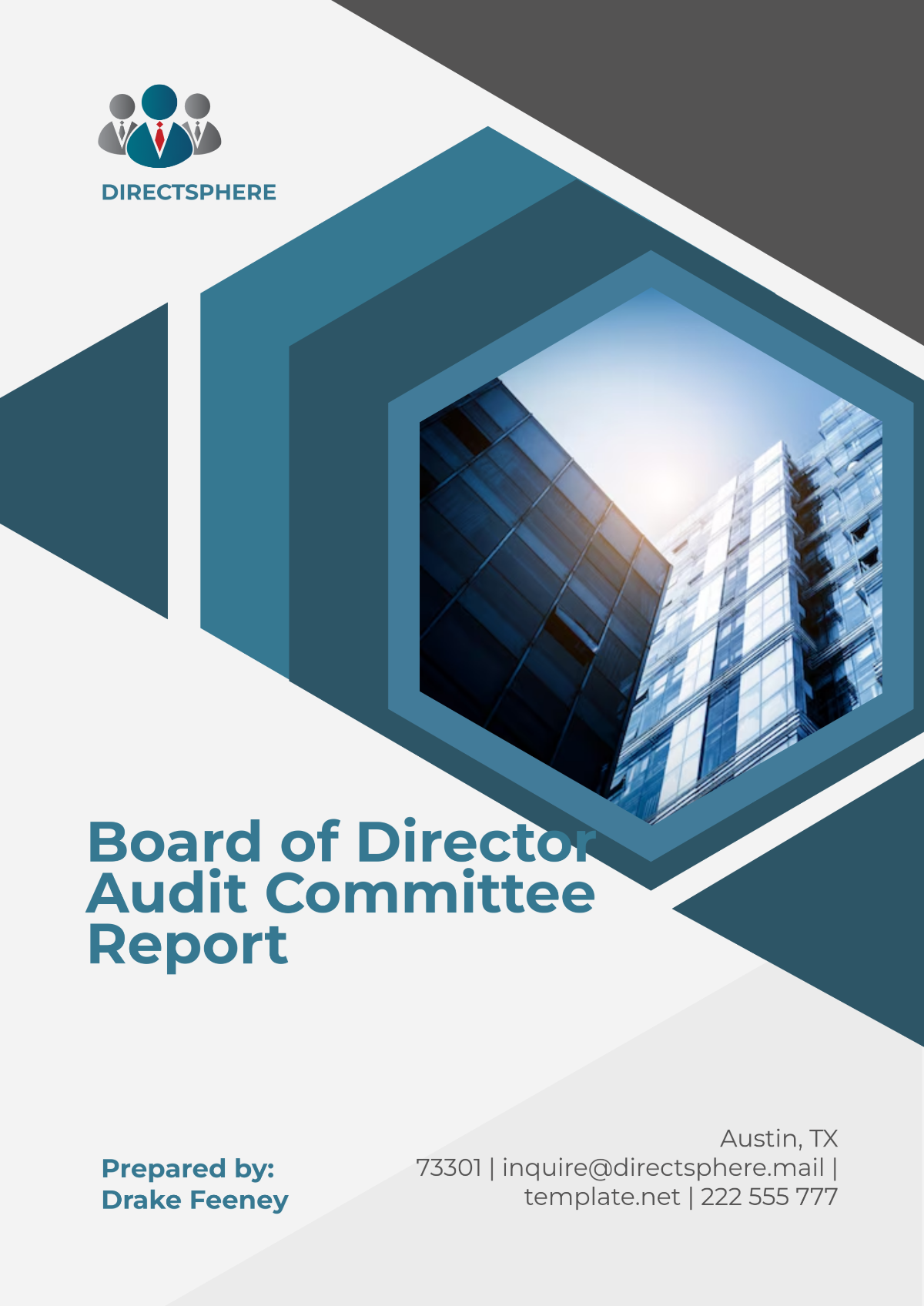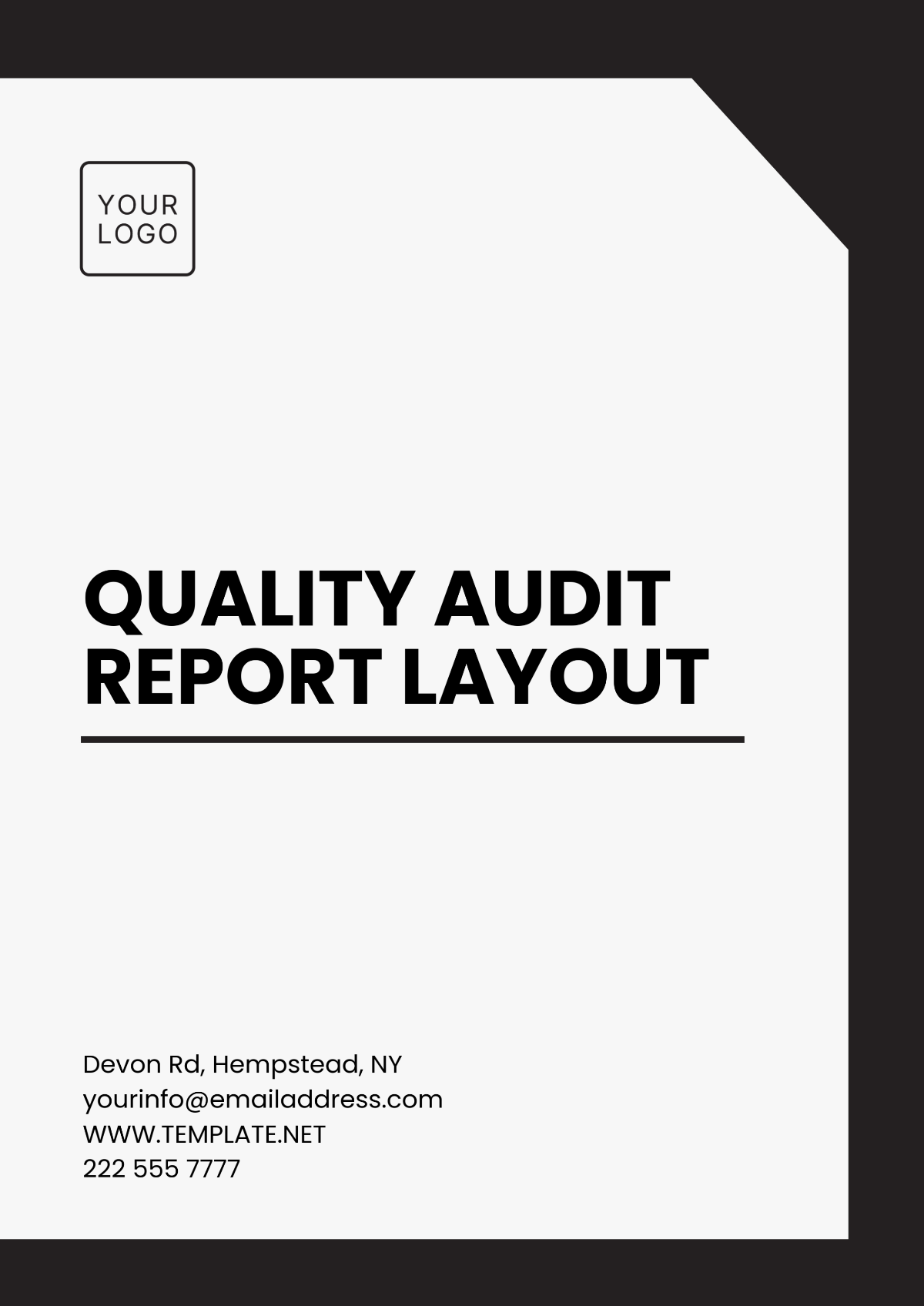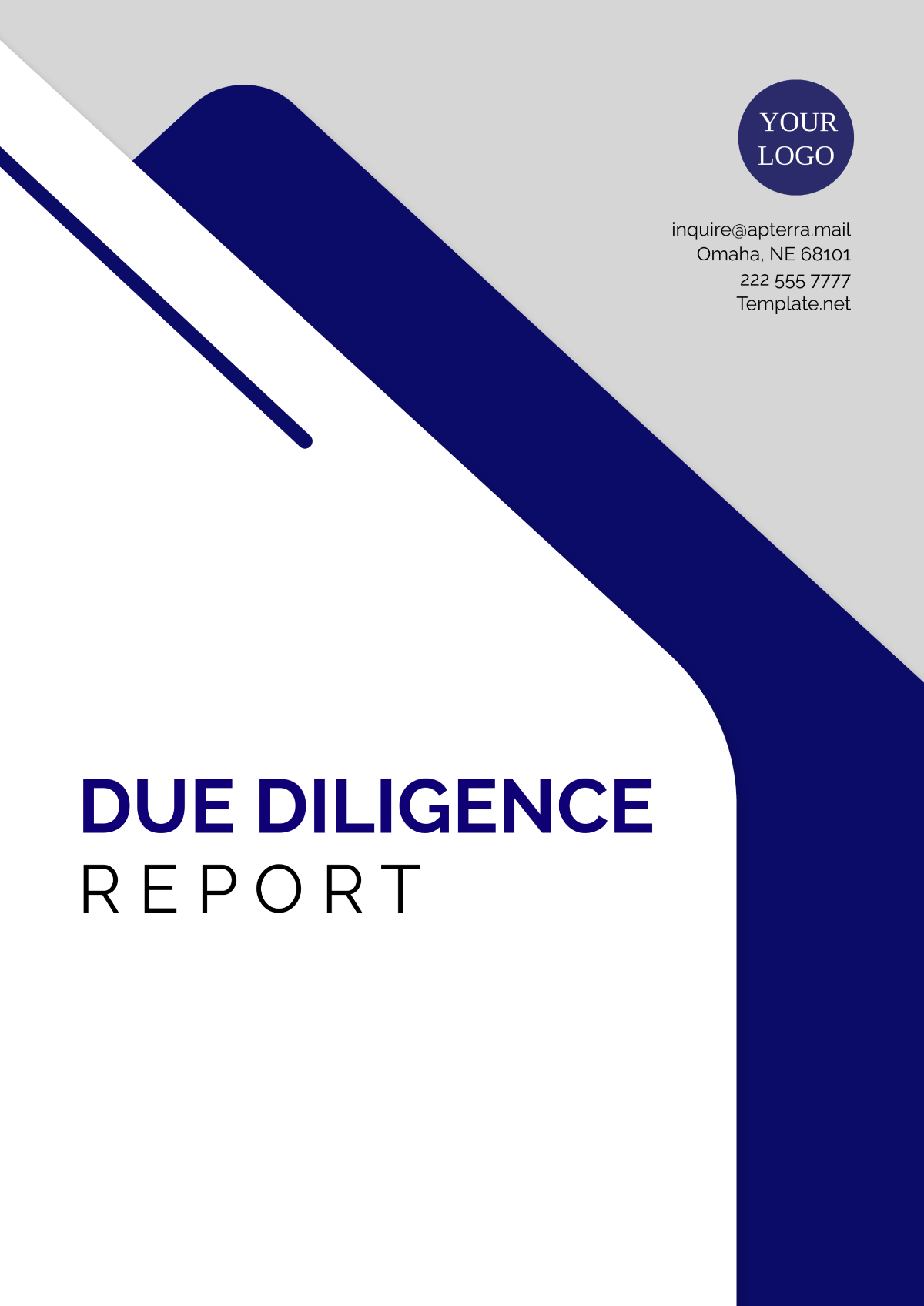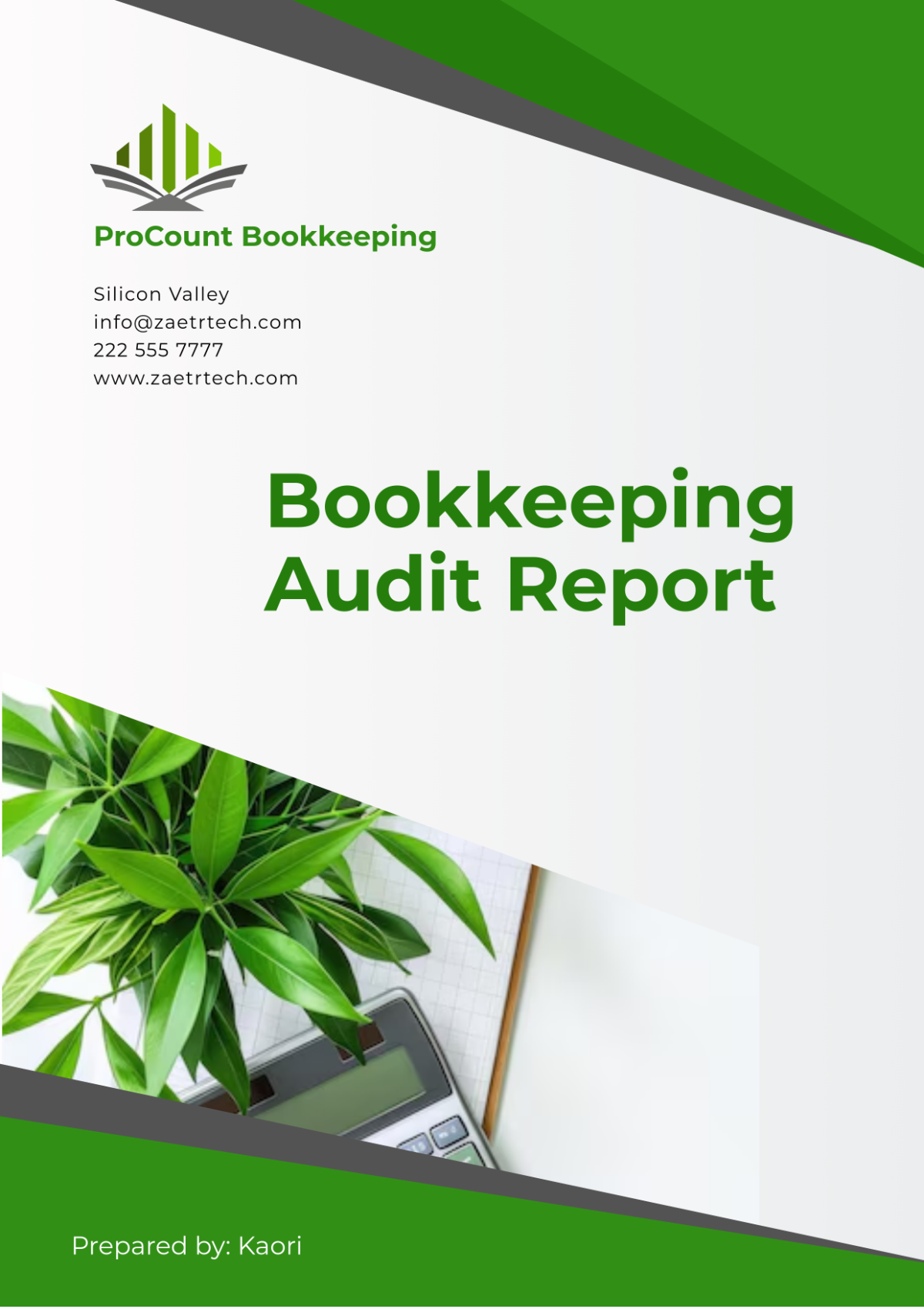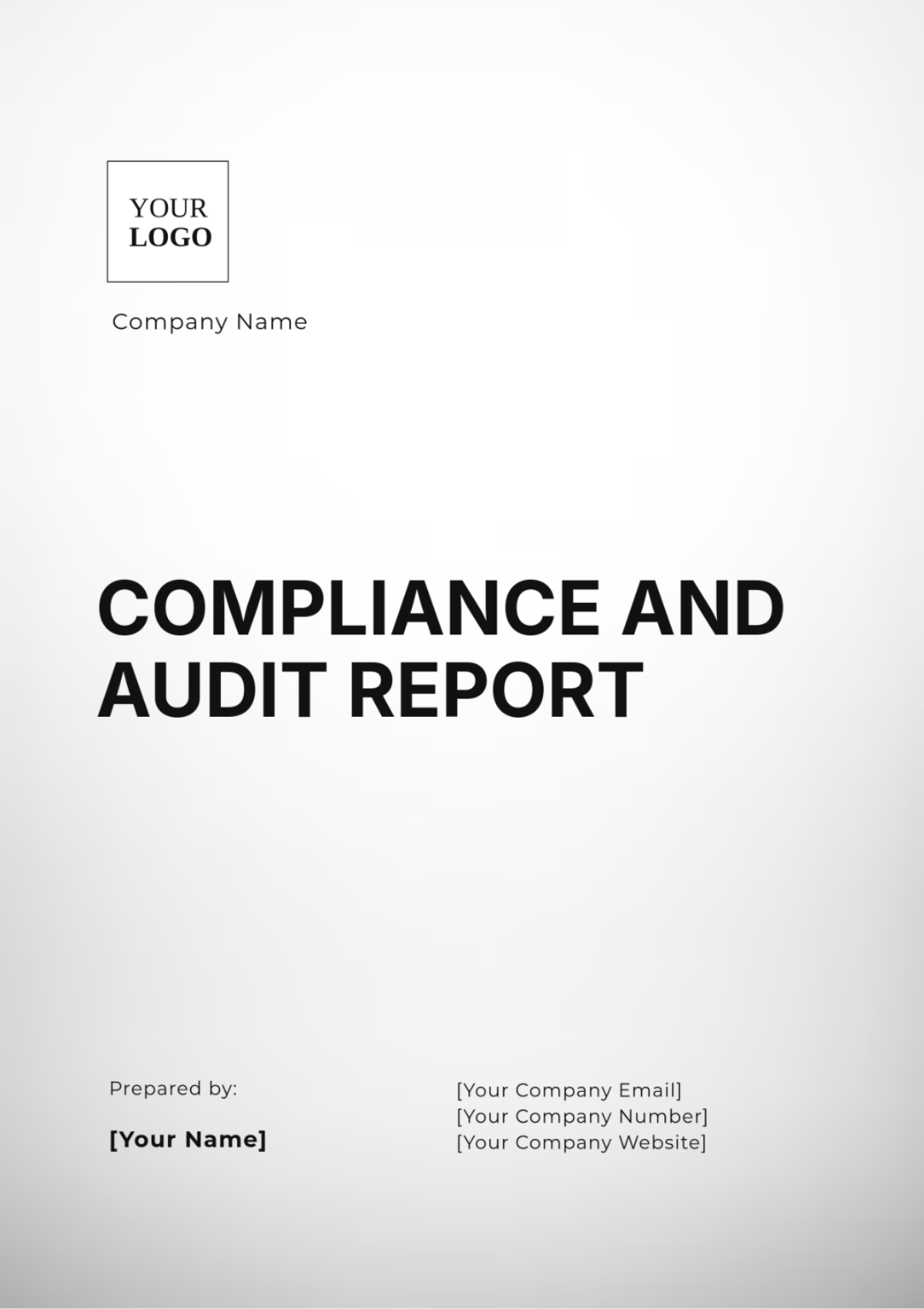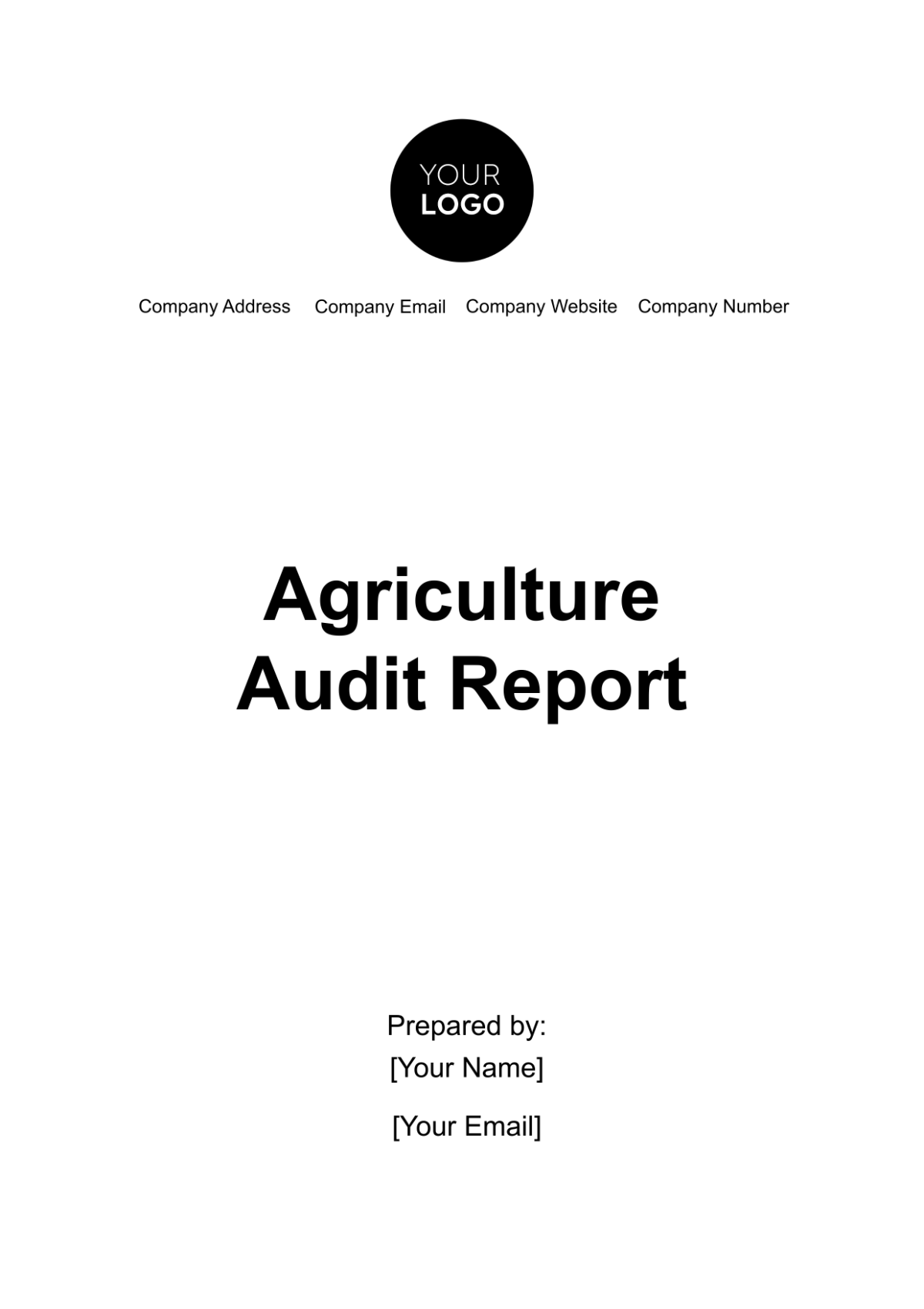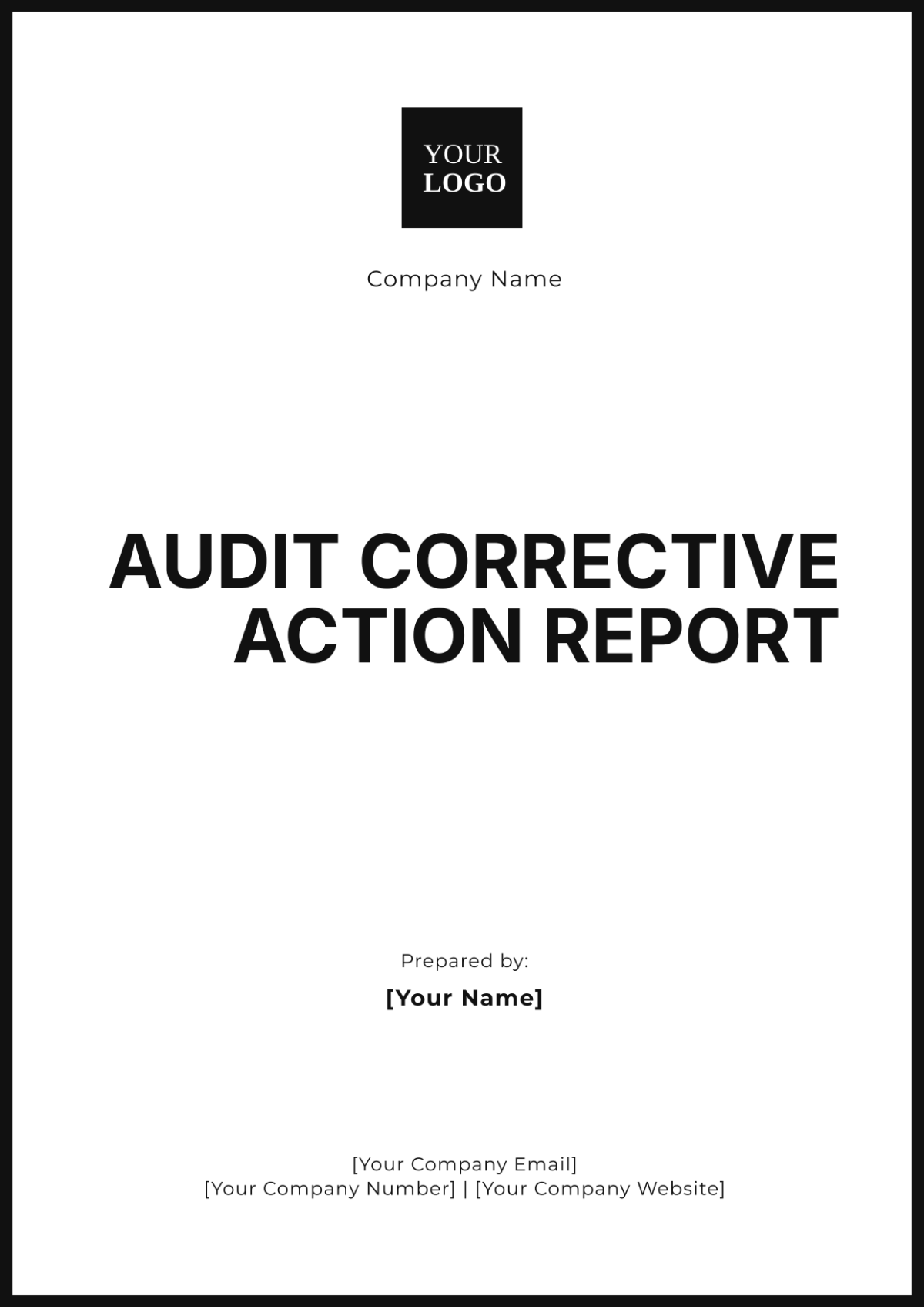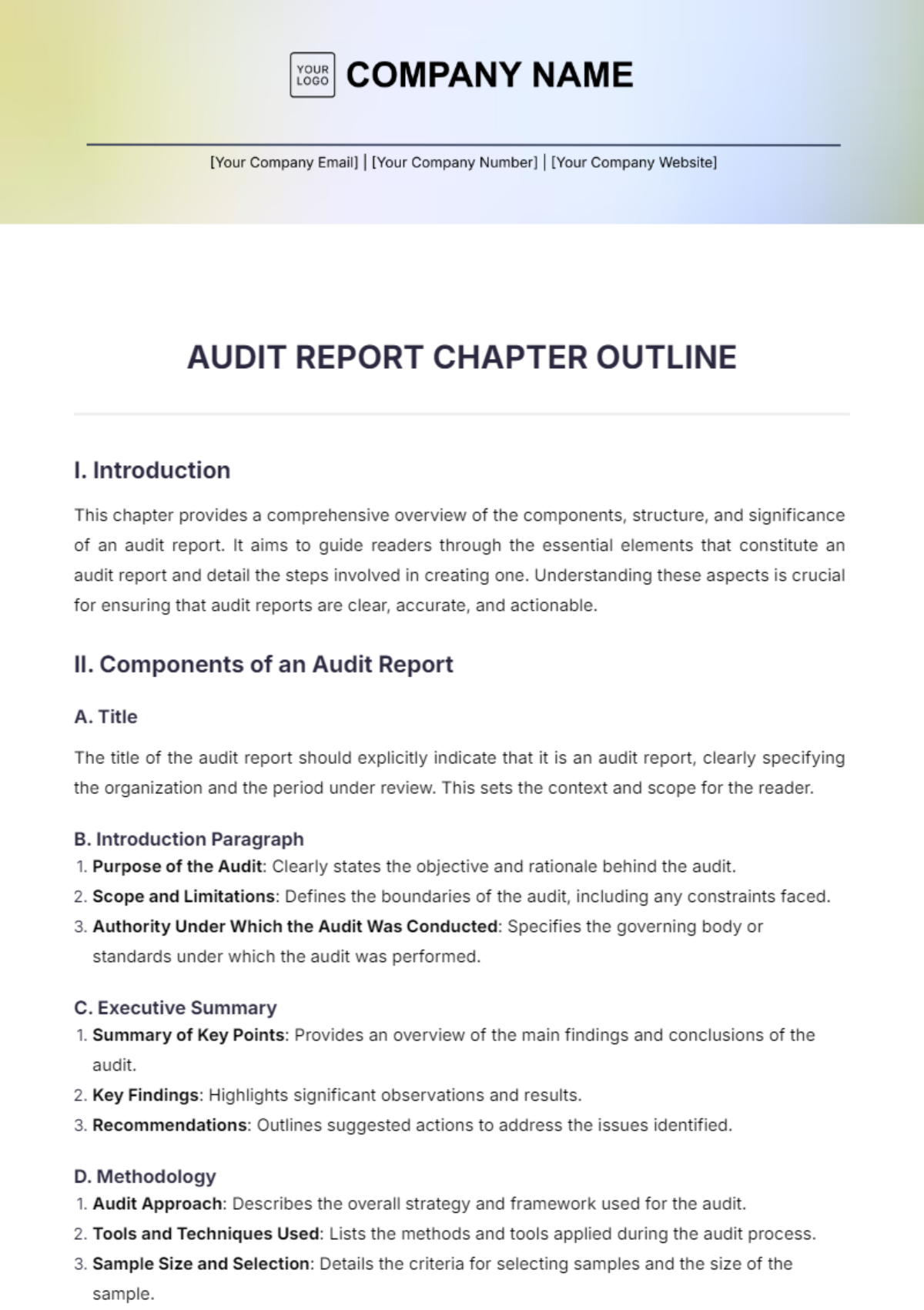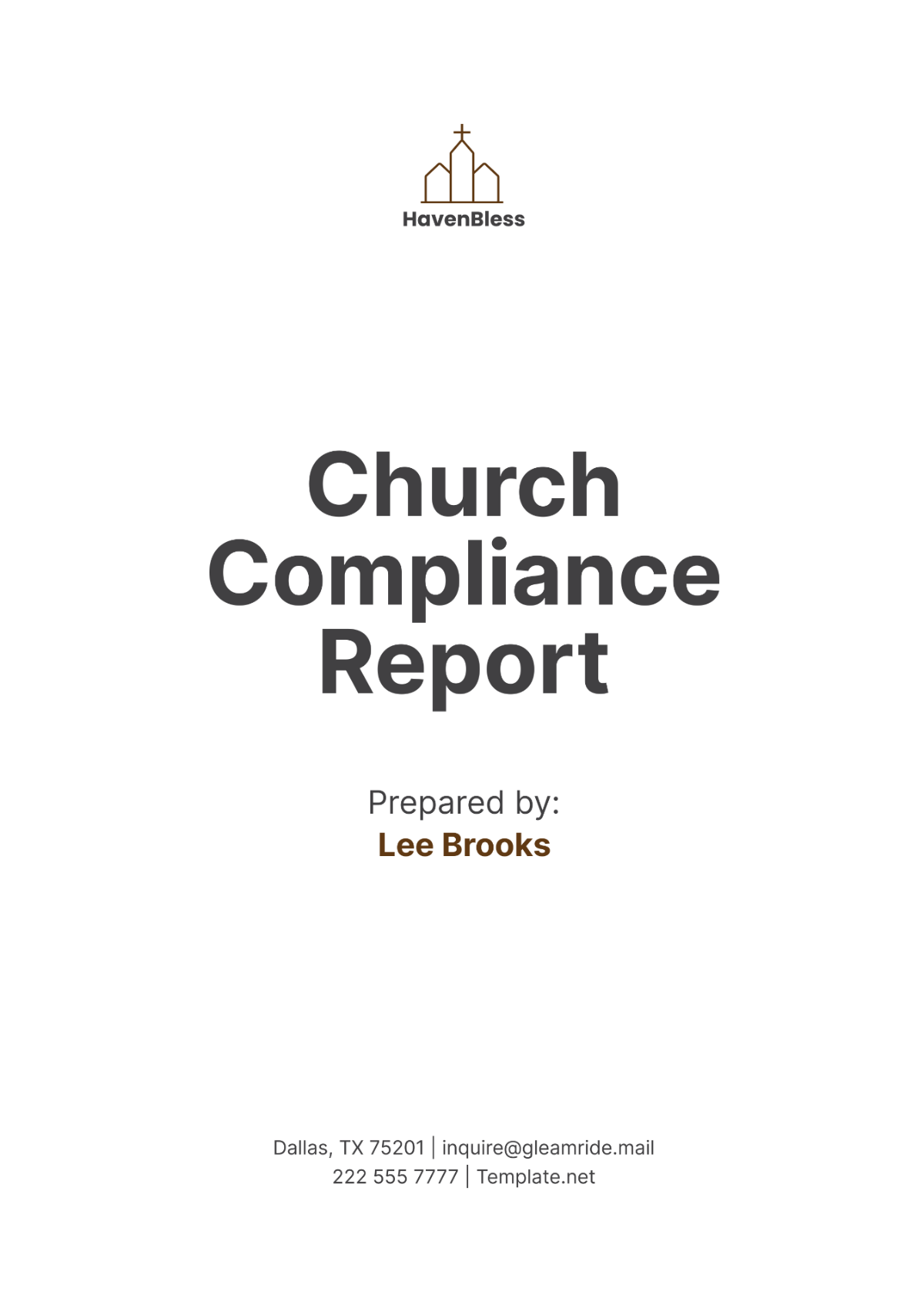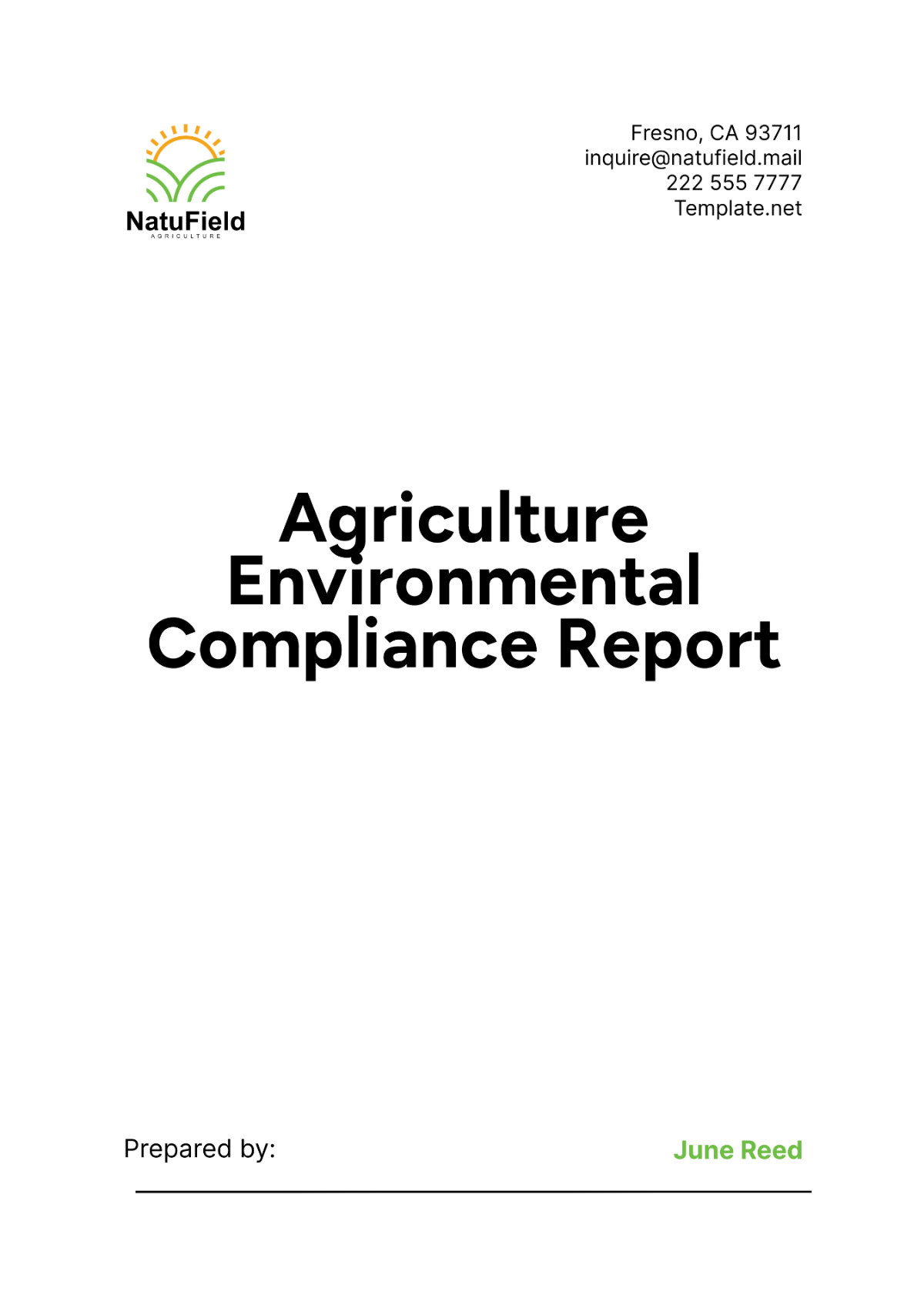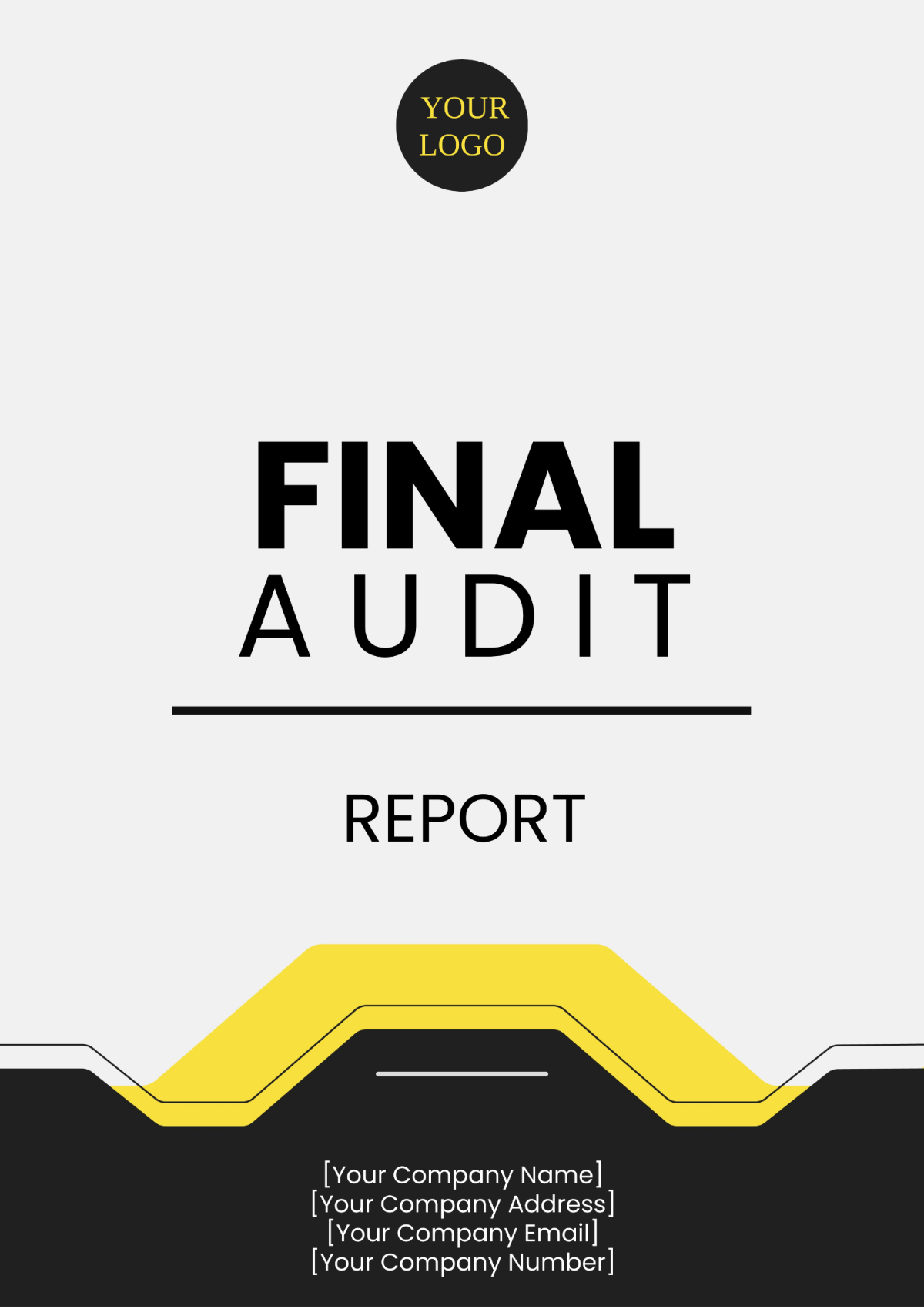Forensic Audit Report
I. Introduction
This Forensic Audit Report has been prepared by [YOUR COMPANY NAME] on behalf of [CLIENT COMPANY NAME]. The purpose of this report is to investigate and document potential fraudulent activities within the financial records of [CLIENT COMPANY NAME] for the period ending December 31, 2050.
II. Scope of Work
The scope of this forensic audit included a comprehensive examination of financial transactions, a review of internal controls, and an analysis of relevant documentation to identify instances of asset misappropriation, financial statement fraud, or bribery.
III. Methodology
Our approach involved conducting interviews with key personnel, reviewing financial records including ledgers, bank statements, invoices, and receipts, performing data analytics using specialized software tools, and applying forensic accounting techniques such as tracing funds and reconstructing transactions. The audit team ensured compliance with generally accepted auditing standards (GAAS) and adhered to ethical guidelines throughout the investigation.
IV. Findings
A. Summary of Findings
During this forensic audit, several red flags indicative of potential fraud were identified. These findings are summarized in the table below:
Category | Description | Amount ($) |
|---|---|---|
Asset Misappropriation | Irregular expense claims and unauthorized disbursements | $50,000 |
Financial Statement Fraud | Inflated revenues and understated expenses to boost profitability figures | $100,000, $75,000 |
Bribery | Suspicious payments to vendors without adequate documentation | $25,000 |
B. Detailed Analysis
Asset Misappropriation: Detailed transactions and corresponding evidence supporting the misappropriation of assets were documented and analyzed. This includes a review of expense reports, bank statements, and communications with employees involved in the authorization and processing of transactions.
Financial Statement Fraud: Analysis of financial statements revealed discrepancies inconsistent with normal business operations, suggesting deliberate manipulation. The audit team conducted a comparative analysis of financial data across multiple reporting periods to identify anomalies and discrepancies that indicate potential fraudulent reporting practices.
Bribery: Transactions involving suspicious payments to third parties were scrutinized, highlighting potential instances of bribery. These payments were cross-referenced with vendor contracts, purchase orders, and delivery receipts to assess the legitimacy and necessity of these transactions.
V. Recommendations
Based on the findings of this forensic audit, the following recommendations are provided to mitigate the identified risks and strengthen internal controls:
Enhance Monitoring and Oversight: Implement enhanced monitoring and oversight of financial transactions, particularly those involving significant amounts or third-party vendors.
Regular Independent Audits: Conduct regular audits and reviews of financial statements by independent parties to provide additional assurance of accuracy and compliance with regulatory requirements.
Strengthen Policies and Procedures: Strengthen policies and procedures related to expense approvals, vendor management, and financial reporting to prevent future instances of fraud and misconduct.
VI. Conclusion
In conclusion, this Forensic Audit Report outlines the findings and recommendations resulting from our investigation into potential fraudulent activities at [CLIENT COMPANY NAME]. Corrective actions must be promptly implemented to safeguard the integrity of financial operations and restore trust among stakeholders. The cooperation of management and employees in implementing these recommendations will be critical to ensuring sustained compliance and ethical conduct within the organization.
